With the increasing emphasis on personalization, practicality, and aesthetics in the home decoration market, the selection of bathtub materials is becoming more diverse. In the past, cast iron, porcelain enameled steel, or synthetic stone were often seen as representatives of the luxury end. However, in recent years, acrylic bathtubs have become a popular option in many mid to high-end renovation projects due to their lightweight, flexible molding, and high aesthetic appeal. But in practical applications, is an acrylic bathtub really a "suitable" decoration solution for you? This article will analyze the advantages and disadvantages in depth, providing a comprehensive reference for homeowners, designers, and decoration companies by combining industry public data and real-world cases.
1. What is an acrylic bathtub: basic introduction to material and structure
Before formally discussing the advantages and disadvantages, it is necessary to clarify the basic structure and properties of acrylic bathtubs.
Material and Manufacturing Method
Acrylic bathtubs are typically made from synthetic acrylic sheets with a thickness of a few millimeters as the main surface layer. These sheets are then vacuum-molded and pressed, and reinforced with a fiberglass or resin layer as the skeleton support on the back. Many manufacturers adopt composite structures to improve rigidity and durability.
Non-porous and surface properties
Acrylic has a non-porous surface characteristic, which means that moisture is difficult to penetrate the interior of the material, making it advantageous in terms of stain resistance, impermeability, and cleaning maintenance.
Thermal conductivity and insulation properties
Compared to metal materials such as enamel steel plates or cast iron, acrylic has lower thermal conductivity. It offers better insulation, resulting in a slower decrease in bath water temperature and an enhanced user immersion experience.
Lightweight and easy to distribute
Because the material itself is relatively light (especially compared to heavy materials such as cast iron and stone), acrylic bathtubs have lower requirements for handling, installation, and structural load-bearing, which provides more possibilities for renovating second- or top-floor bathrooms.
After understanding these foundations, we can discuss their advantages and limitations more targetedly.
2. The main advantages of an acrylic bathtub
In most bathroom renovation projects, homeowners or design teams choose acrylic bathtubs, usually attracted by the following main advantages:
1. Lightweight and easy to install, reducing structural costs
Compared to the heavy structure of cast-iron bathtubs, the acrylic material itself is lighter. This means that it is easier to operate during transportation, lifting, and handling, and also reduces the requirements for flooring or load-bearing structures. This is particularly crucial for second or high-rise residential and old house renovation projects.
2. Good insulation and tactile sensation
Acrylic material has low thermal conductivity, which can delay the cooling rate of bath water to a certain extent, making it less likely for users to feel cold water coming during the soaking process. This is particularly important during winter or seasons with significant temperature differences.
3. Diversified styling and strong customization ability
Due to the easy molding property of acrylic, bathtub design has higher degrees of freedom in terms of size, shape, color, curves, and other aspects. Whether it is a standard rectangle, an ellipse, a corner type, an embedded type, an independent type, or even a combination type, they can all be realized under acrylic material.
4. Easy to clean and has good anti-fouling ability
Because the surface is not porous, acrylic material is not easily absorbent and does not allow stains or scale to penetrate its interior. This makes daily cleaning relatively easy, with only non-abrasive cleaners, soft cloths, or sponges needed to remove stains.
5. Repair and refurbishment possibilities
Compared with some materials that cannot or are challenging to refurbish, acrylic bathtubs can usually be restored to use through local repairs, repolishing, coating, and re-spraying, etc. When there is slight surface damage or gloss failure, this significantly extends their service life.
3. The main disadvantages and limitations of acrylic bathtubs
Any material has its limitations, and acrylic bathtubs are no exception. Understanding these potential drawbacks in actual decoration selection can help avoid regrets and conflicts in later use.
1. Easy to scratch and high risk of scratching
Although acrylic can be repaired, its surface is relatively soft and easily scratched by hard, sharp, or rough objects. Especially if using powerful cleaning tools or cleaning agents containing abrasive components, it will accelerate surface wear.
2. Long-term use may cause discoloration or aging
Although acrylic exhibits specific UV resistance and chemical stability, it may still display slight yellowing, color differences, and surface loss of light after prolonged use or exposure to intense light and chemical cleaning agents.
3. The structural strength and rigidity may not be as good as those of heavy materials
Although a reinforcement layer supports acrylic material, it may experience slight bending, deformation, or a "hollow feeling" on the stressed surface or in areas with insufficient support. Although this "elastic effect" is sometimes emphasized as "comfort", poor support design may also cause the bathtub to feel shaky or unstable during use.
4. Uneven manufacturing quality
There are significant differences in product grades and manufacturing processes in the acrylic bathtub market. Low-quality products may experience shortened service life, increased deformation, bottom depression, cracks, and other issues during the manufacturing process due to insufficient substrate thickness, inadequate reinforcement layer configuration, simplified support structure, and uneven back-filling.
Therefore, when purchasing, it is essential to consider brand reputation, manufacturing specifications, and product quality inspection standards.

4. Industry data perspective: lifespan, market trends, and user satisfaction
To make the judgment more convincing, the following industry public data is introduced as a reference:
Life span range
Multiple industry data show that the service life of modern acrylic bathtubs can be expected to be 10 to 20 years or more. Re Bath indicates that its average lifespan can reach 20 years or longer.
Empava's data shows that the lifespan of low-cost acrylic and glass fiber composite products is mainly concentrated in the 10-15 year range.
Lettal London's guidelines also commonly cite 10-15 years as the typical lifespan for acrylic bathtubs.
Comparison of lifespan: Acrylic vs Fiberglass
In most studies, acrylic is superior to pure fiberglass bathtubs in terms of durability due to its reinforced structure and superior material properties. The latter is more prone to failure due to surface coating aging, cracking, and peeling.
Renovation and potential for extending lifespan
According to relevant renovation technology data (such as bathtub recoating and re-spraying technology), acrylic material usually supports partial repair, recoating, and renovation, which, to some extent, reduces the cost of full replacement.
Overall, from the perspectives of lifespan, market trends, user feedback, and repair possibilities, acrylic bathtubs have strong competitiveness in most mid- to high-end home decoration projects; however, their performance still depends on product quality and construction details.
Conclusion: Is an acrylic bathtub suitable for your decoration?
Whether an acrylic bathtub is suitable for you ultimately depends on the following key dimensions:
Decoration positioning and budget
Suppose the overall decoration aims for cost-effectiveness, a unified style, reasonable functionality, and a limited budget. In that case, acrylic bathtubs are often a rational choice due to their characteristics of equal cost, flexible design, and convenient installation.
User group and frequency of use
Suppose the majority of family members are adults with mild usage habits and do not have extremely high requirements for material wear resistance. In that case, the advantages of acrylic bathtubs are sufficient for daily use. If you prefer extreme durability and luxurious texture, you may be more inclined to choose materials such as cast iron and stone.
Maintain habits and patience
Suppose you or the user is willing to invest in reasonable maintenance (gentle cleaning, regular maintenance, moderate refurbishment). In that case, acrylic bathtubs can maintain good condition for a relatively long period of time.

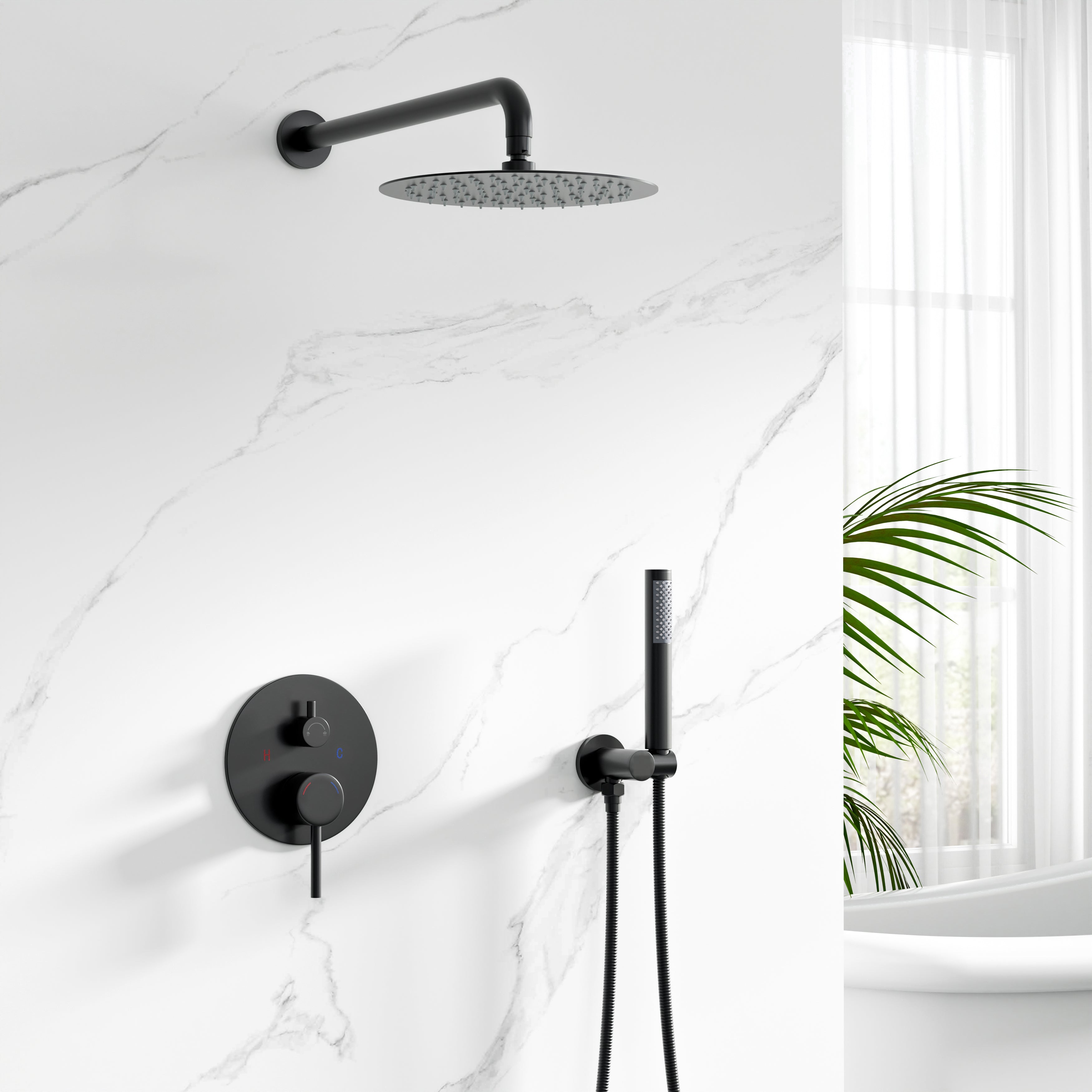
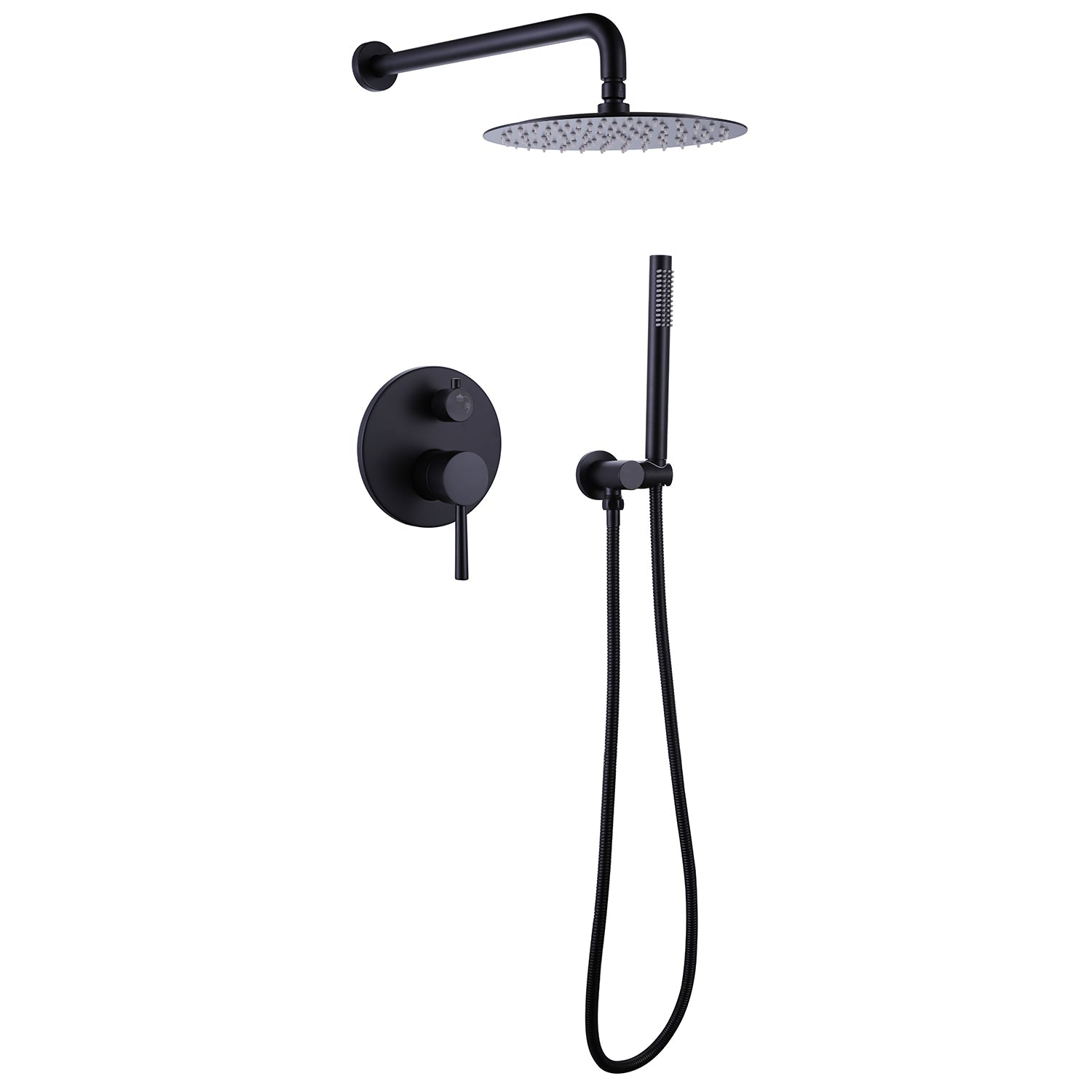


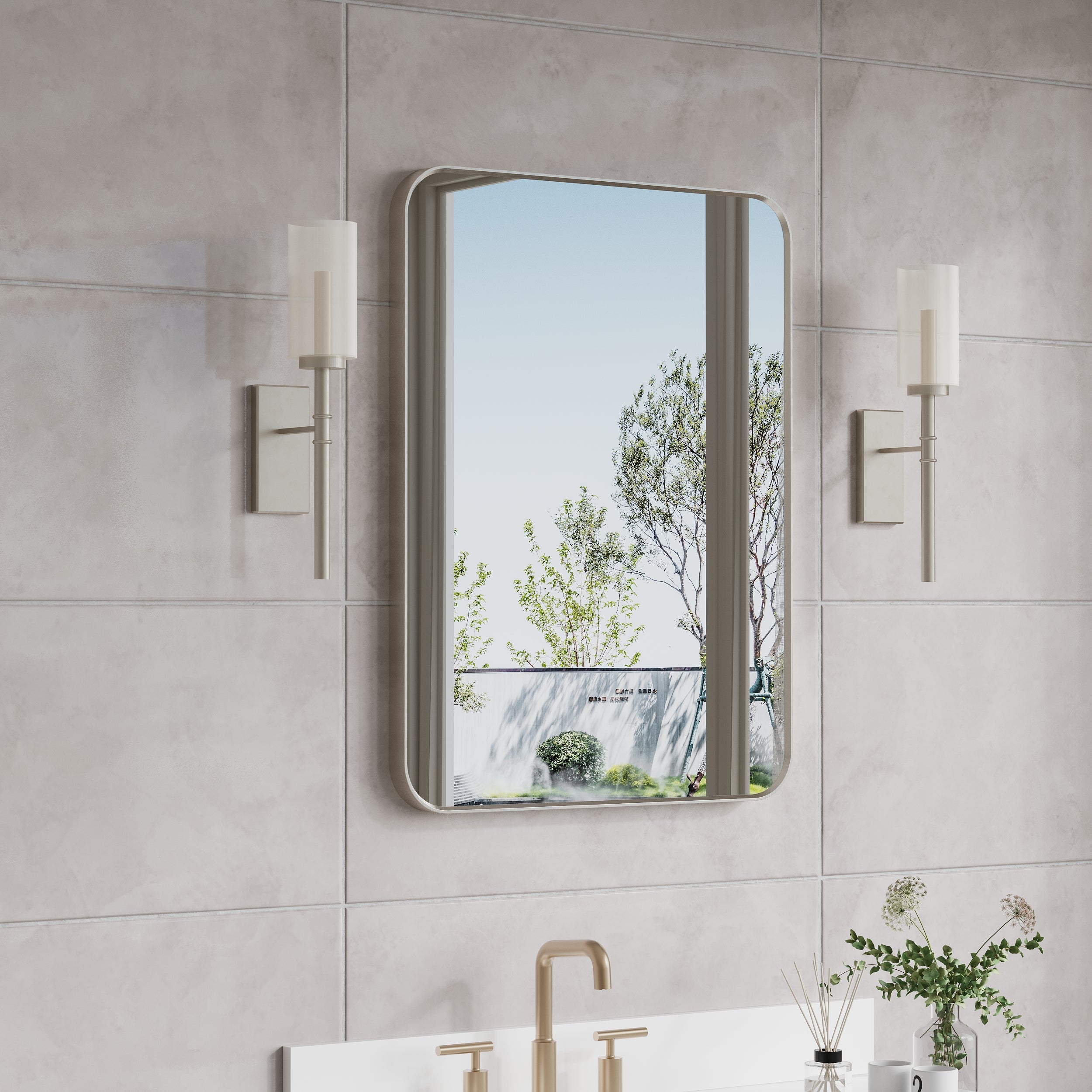
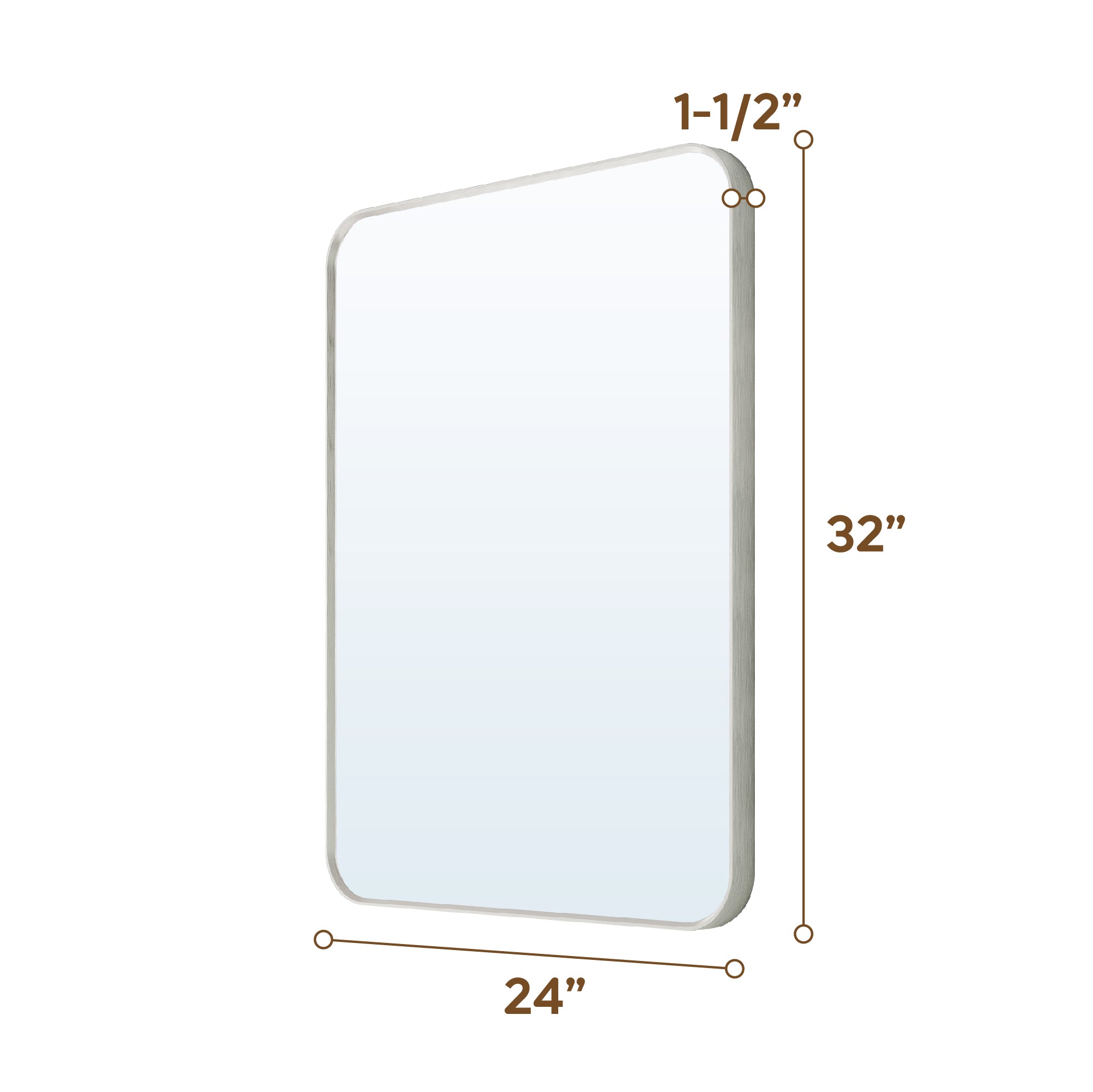
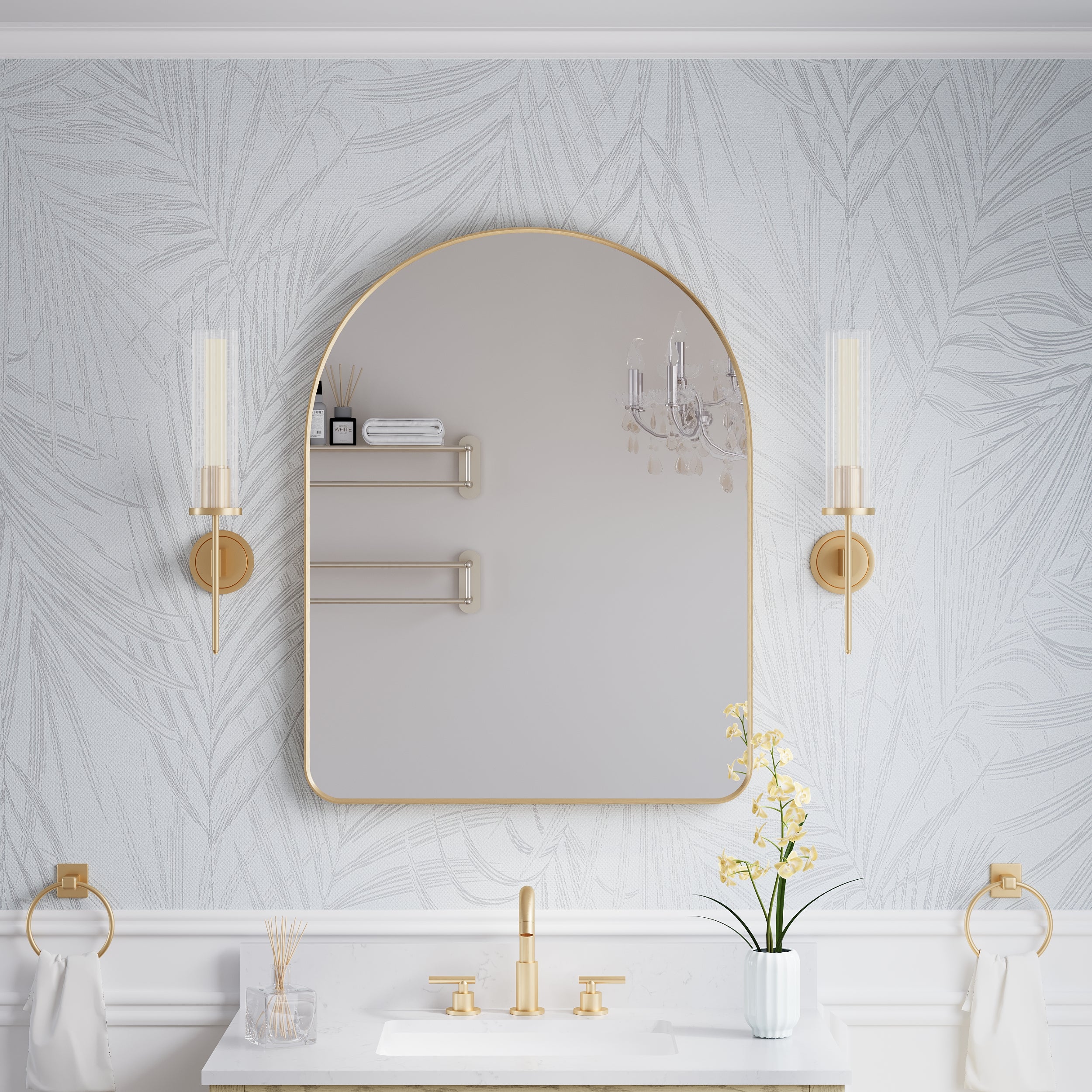

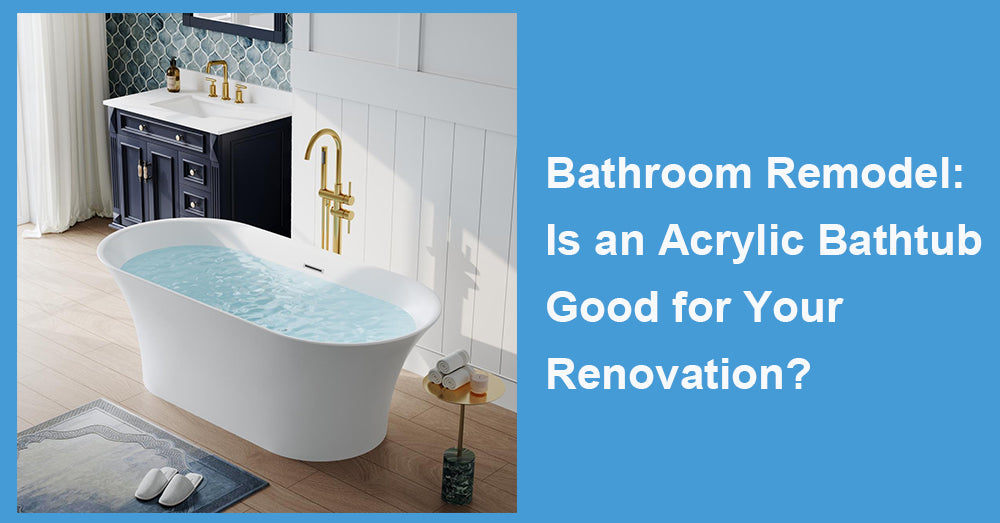
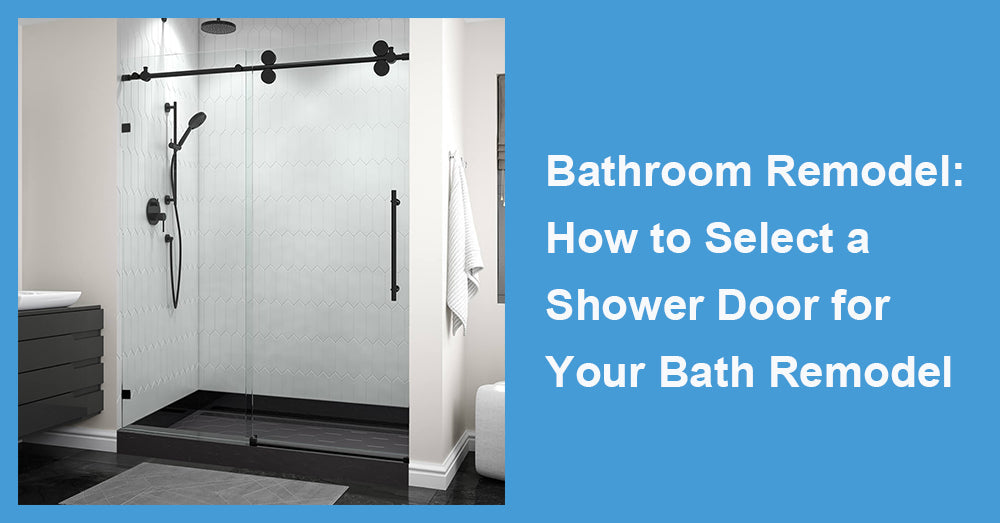

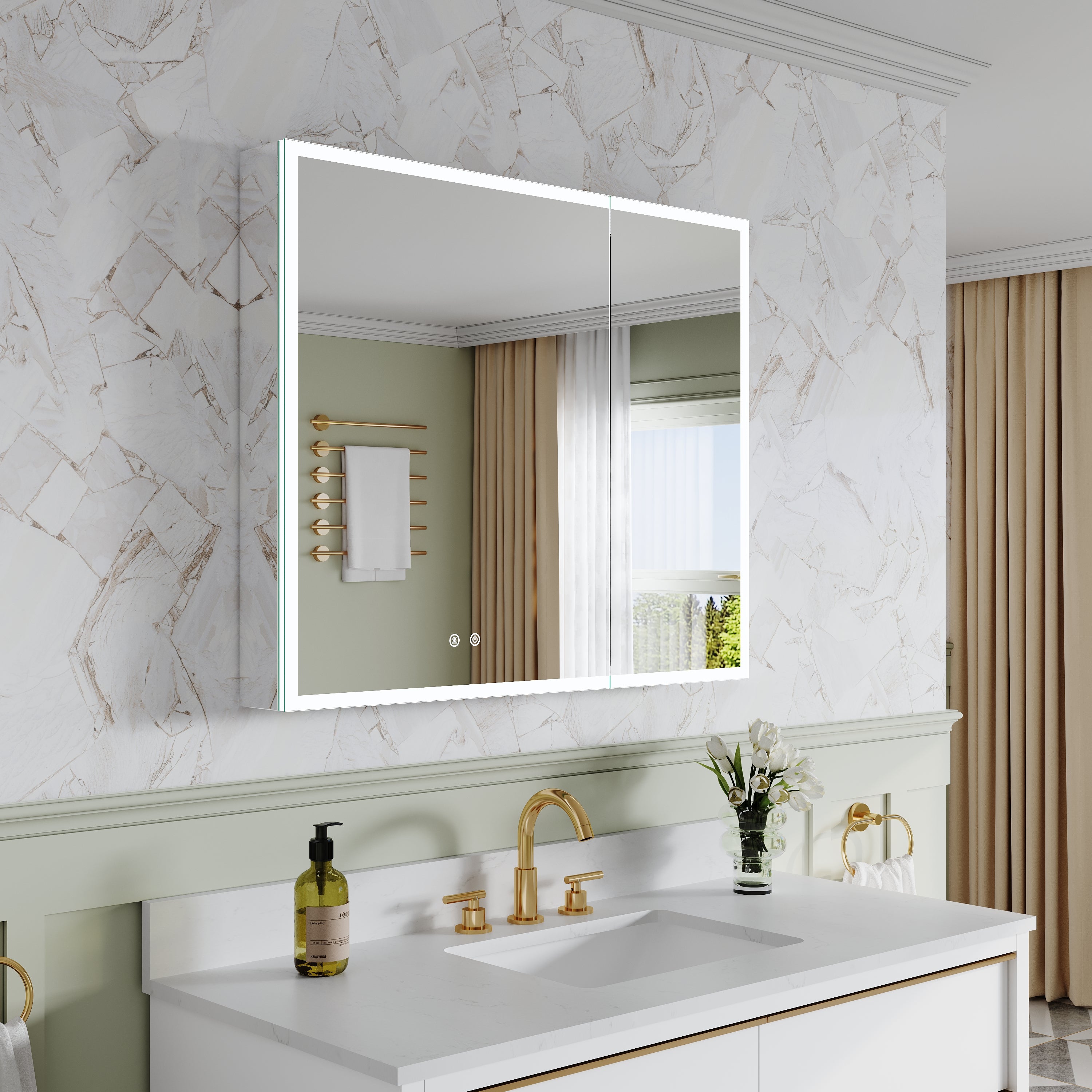
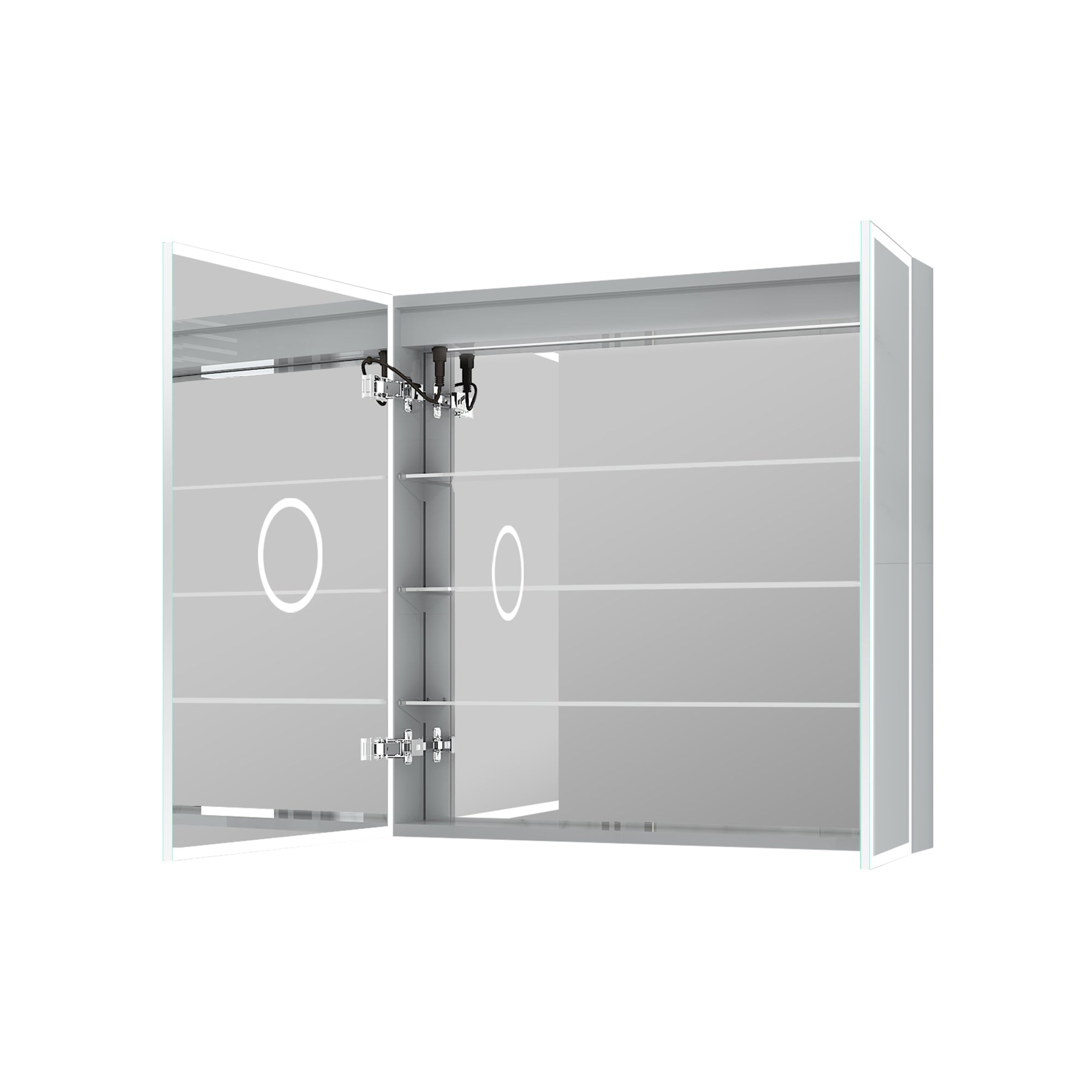
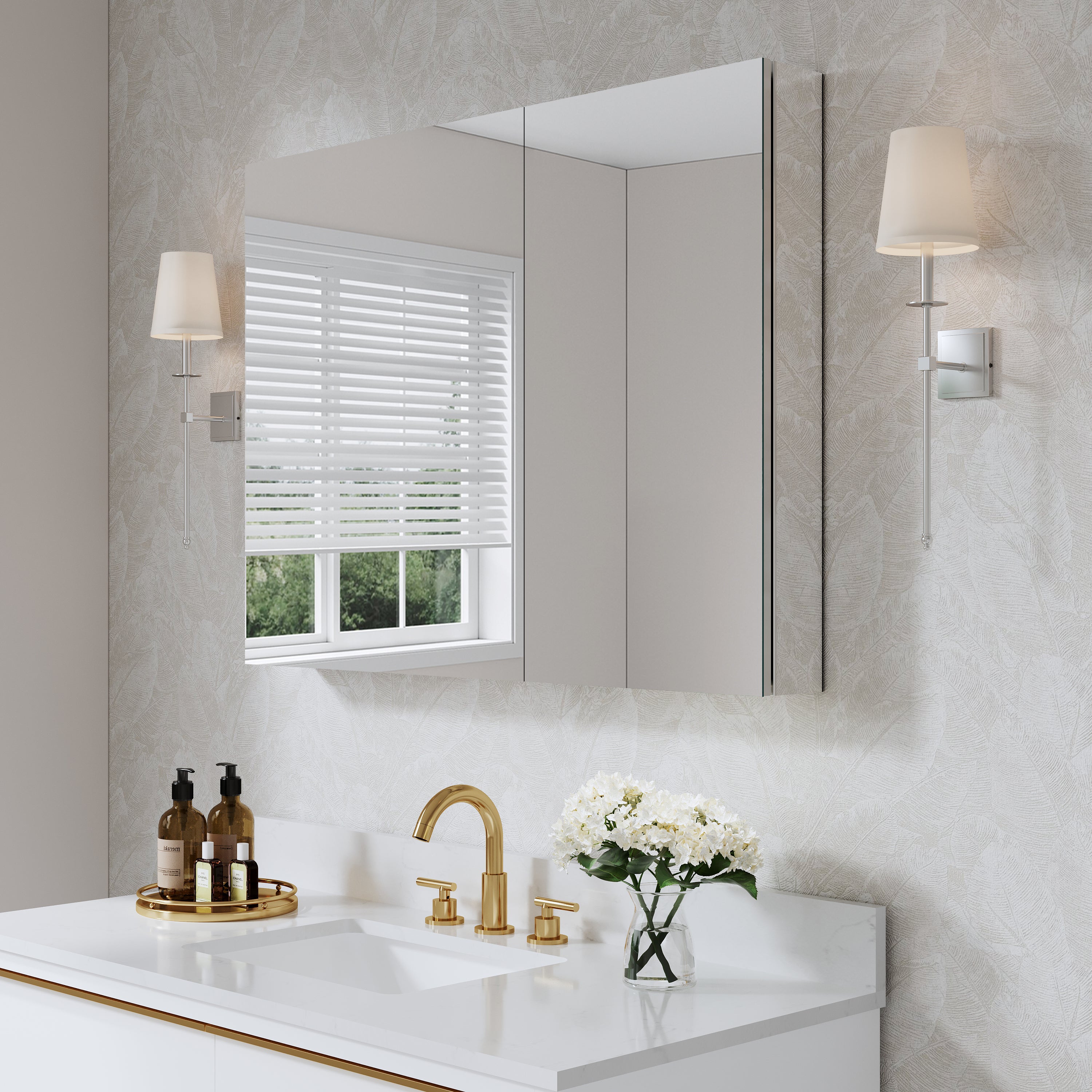

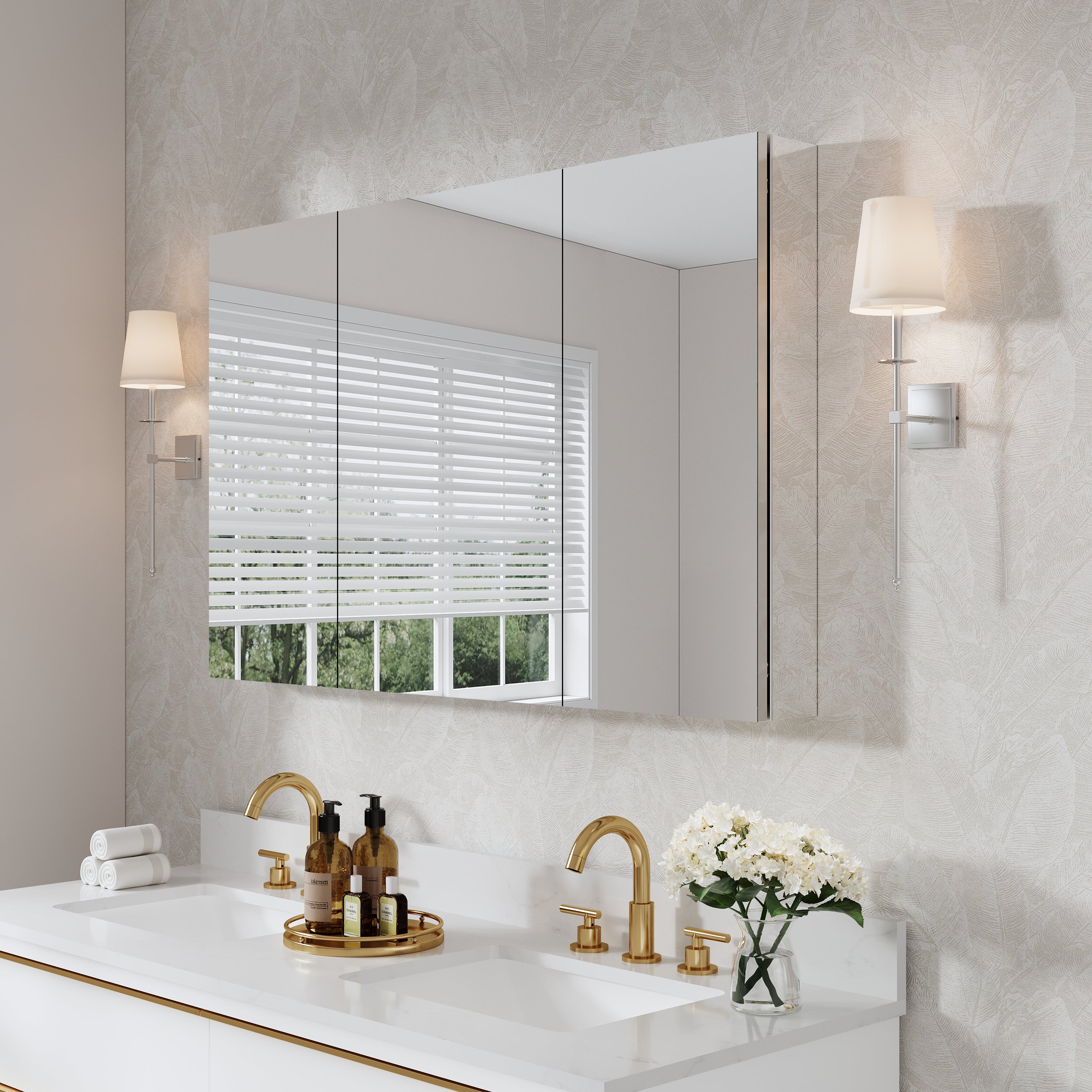
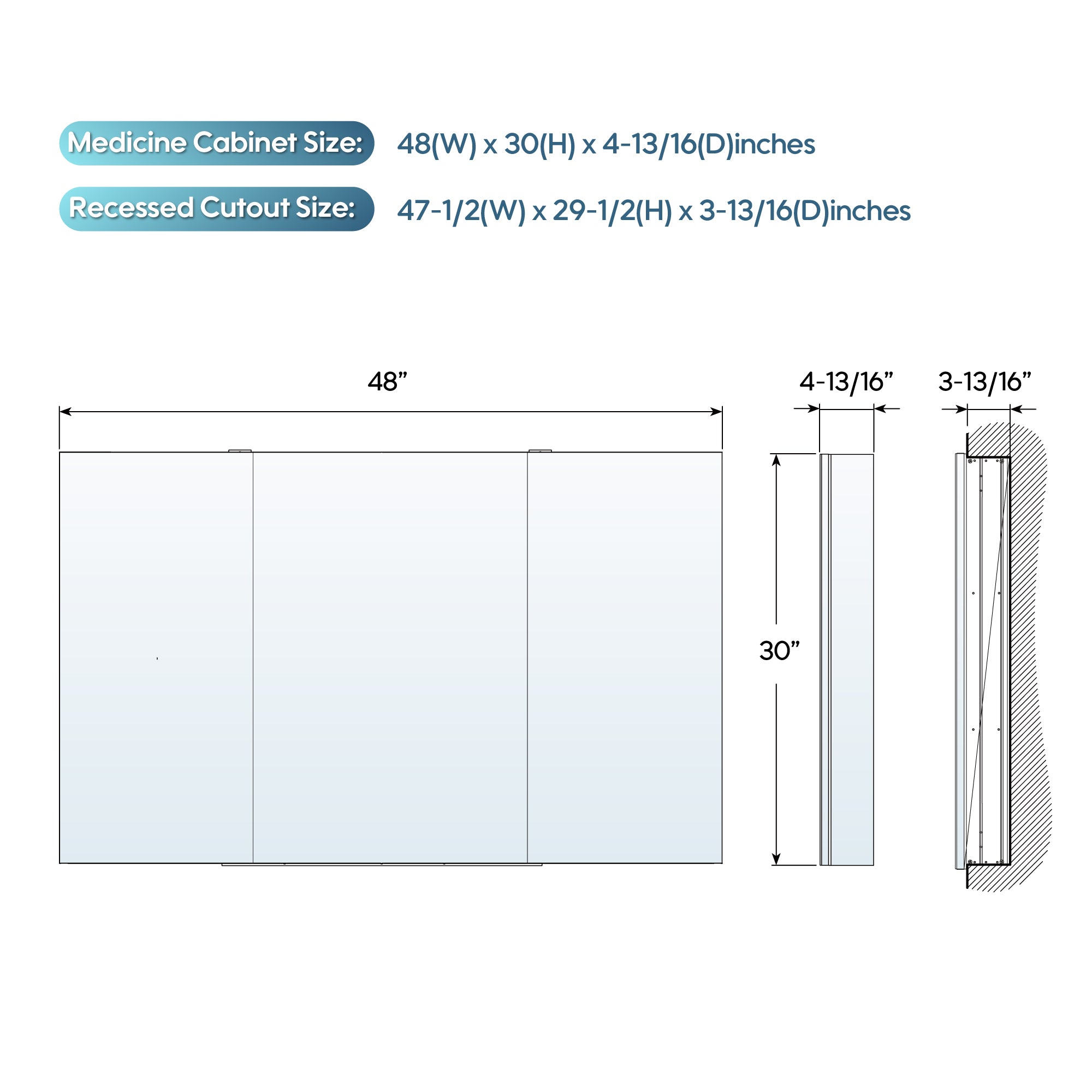
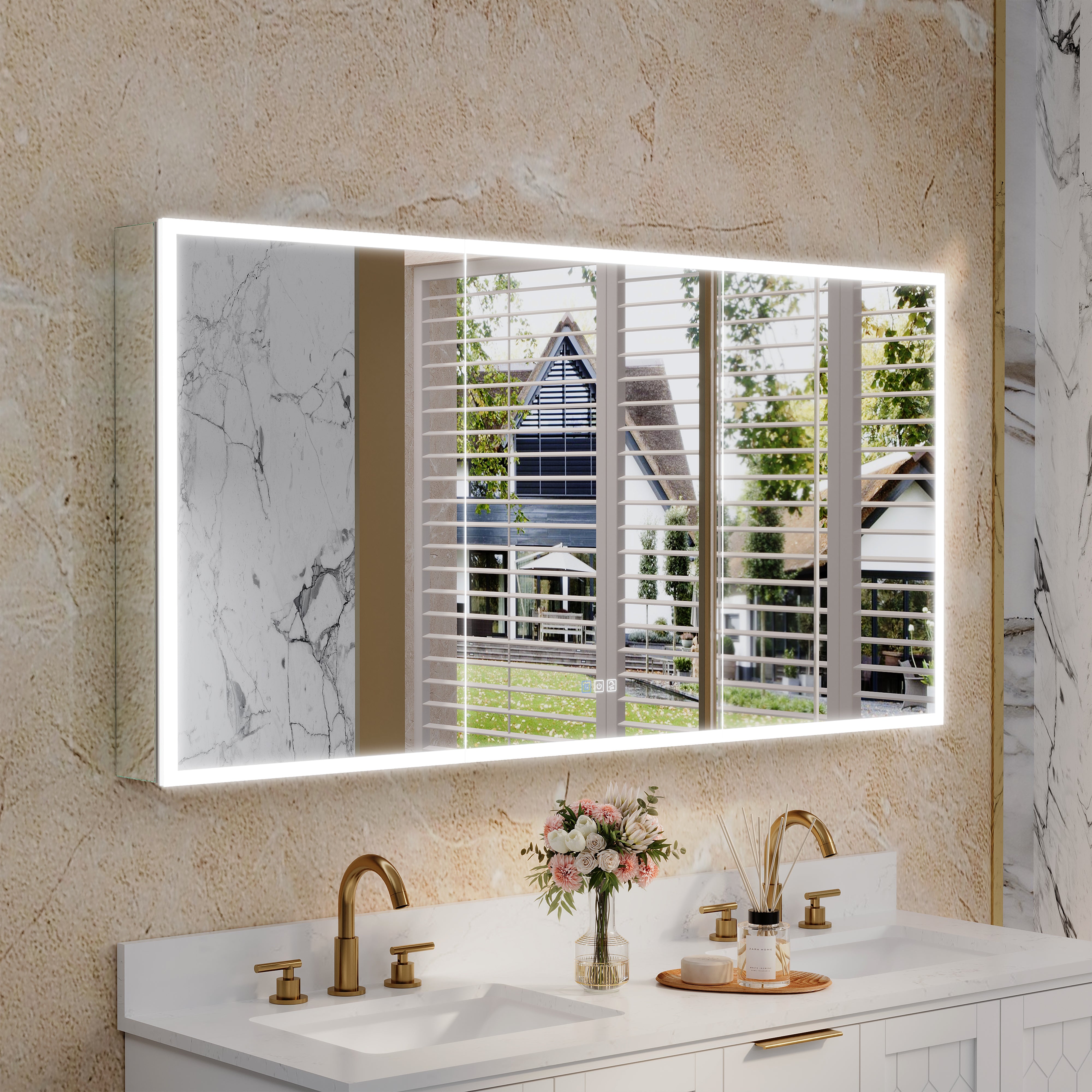
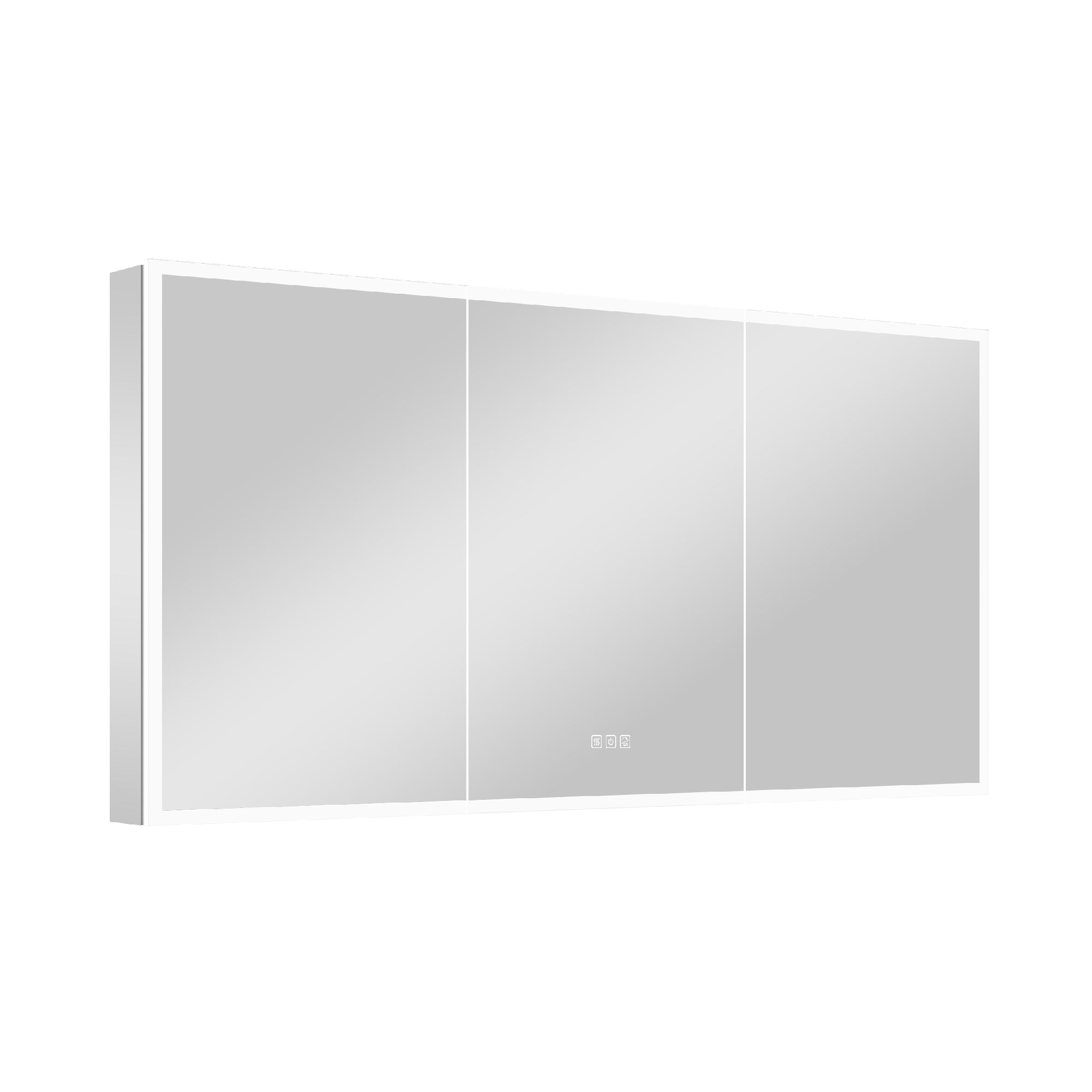
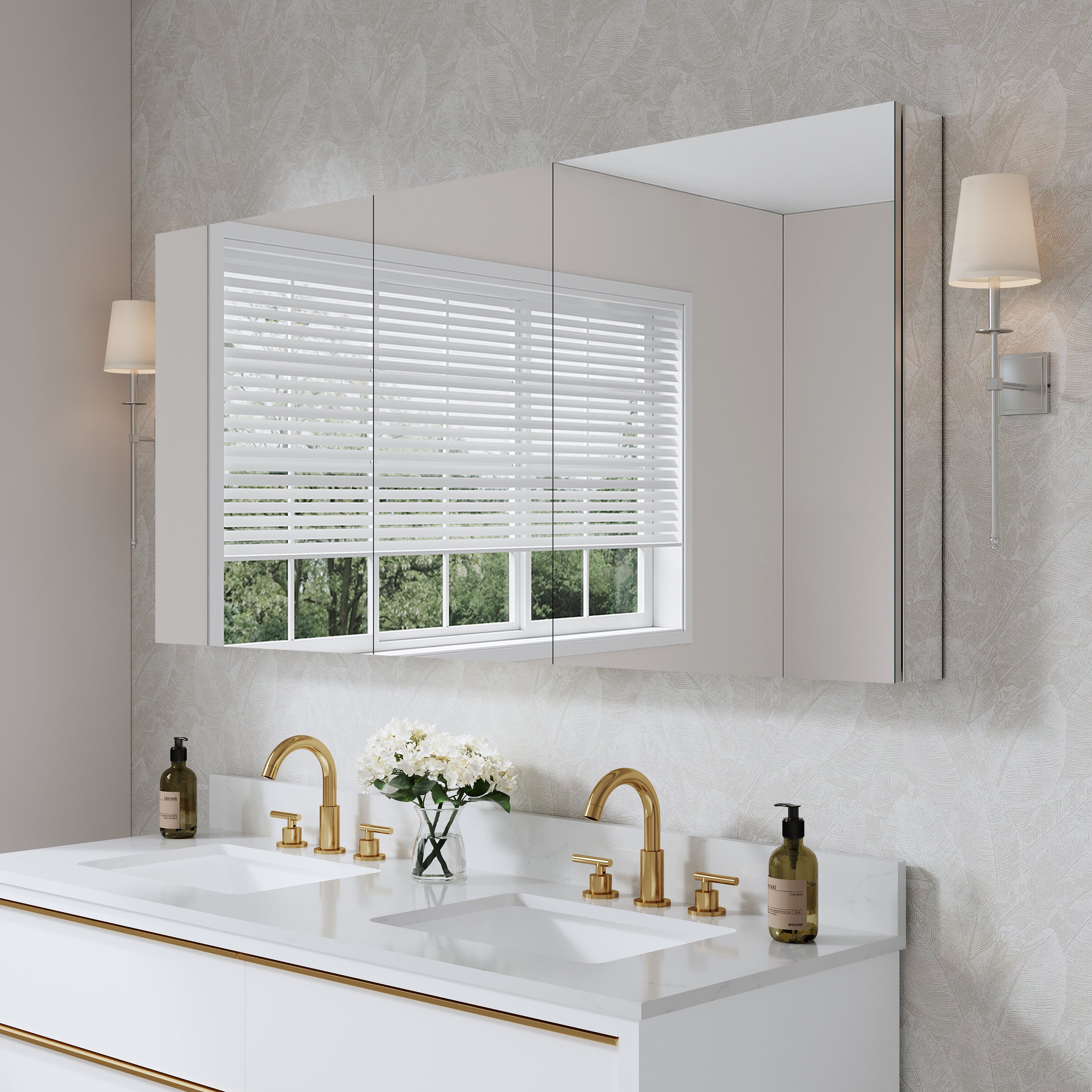

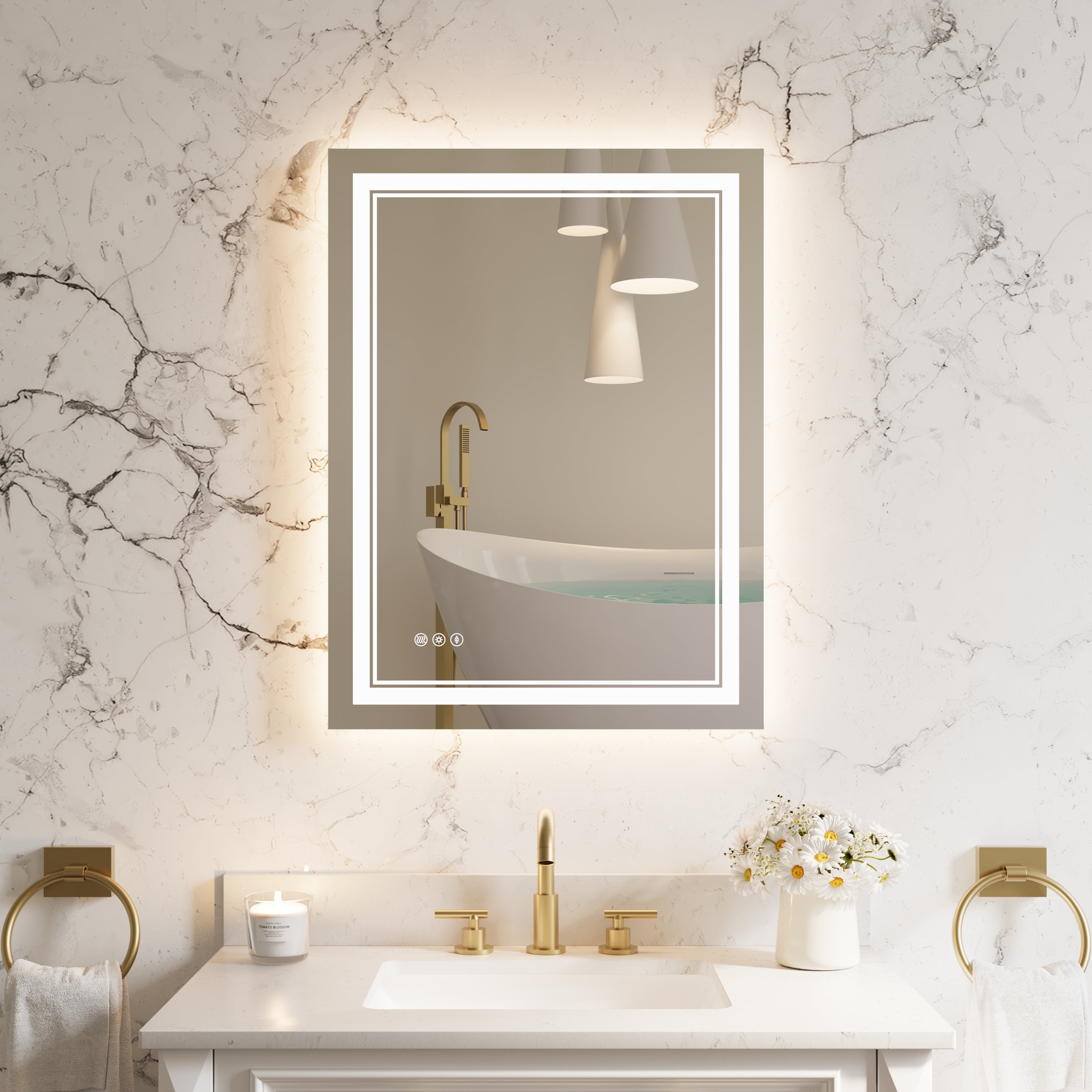
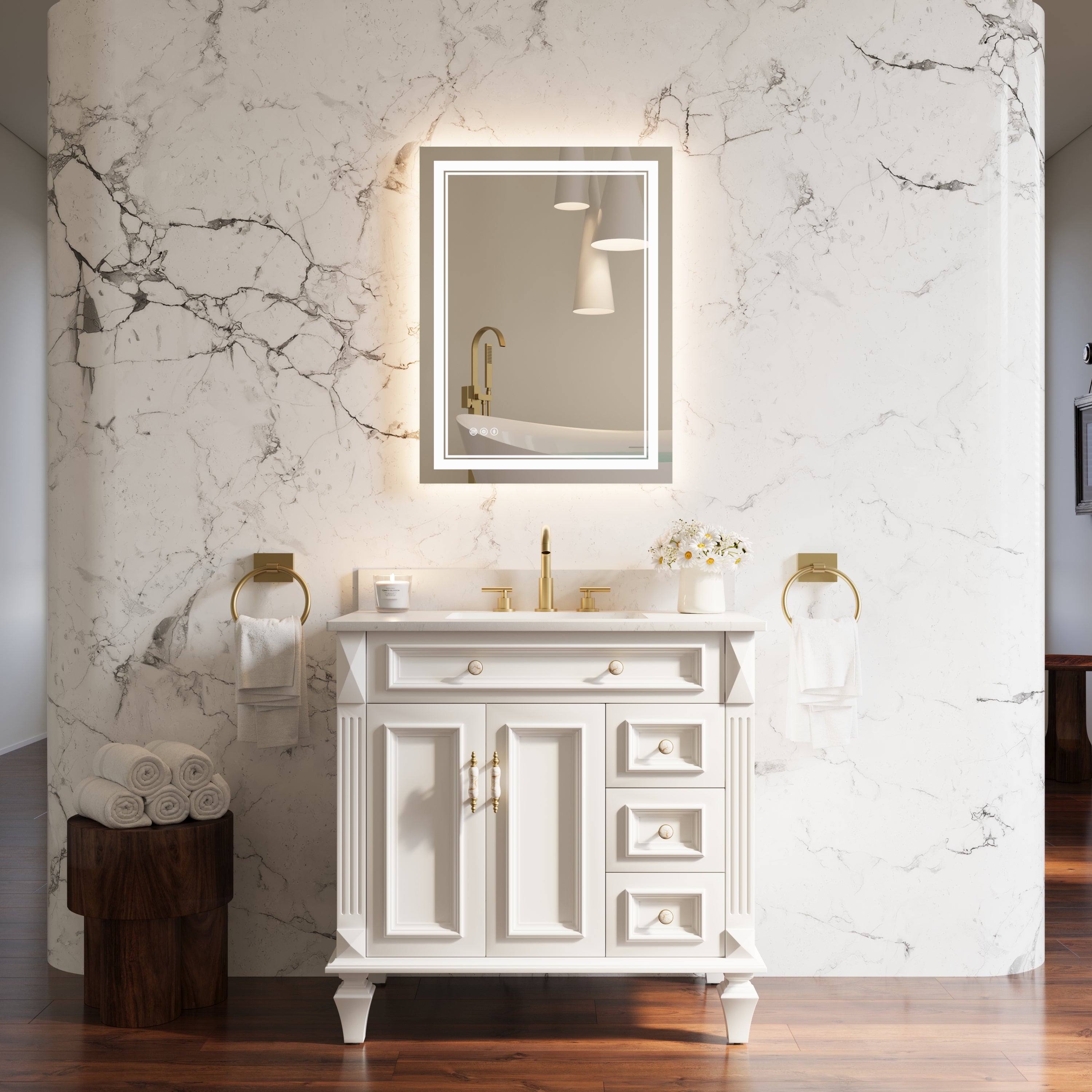
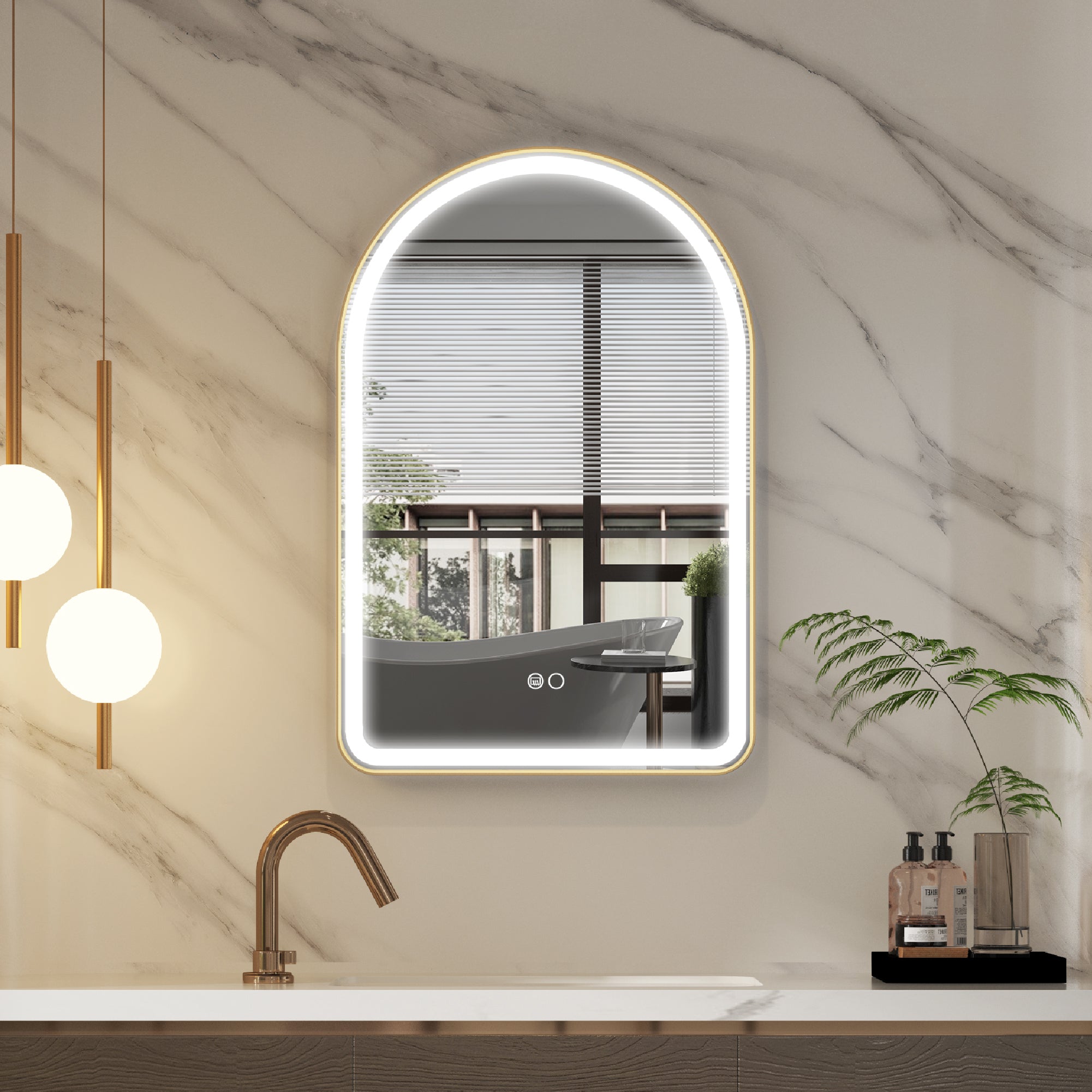
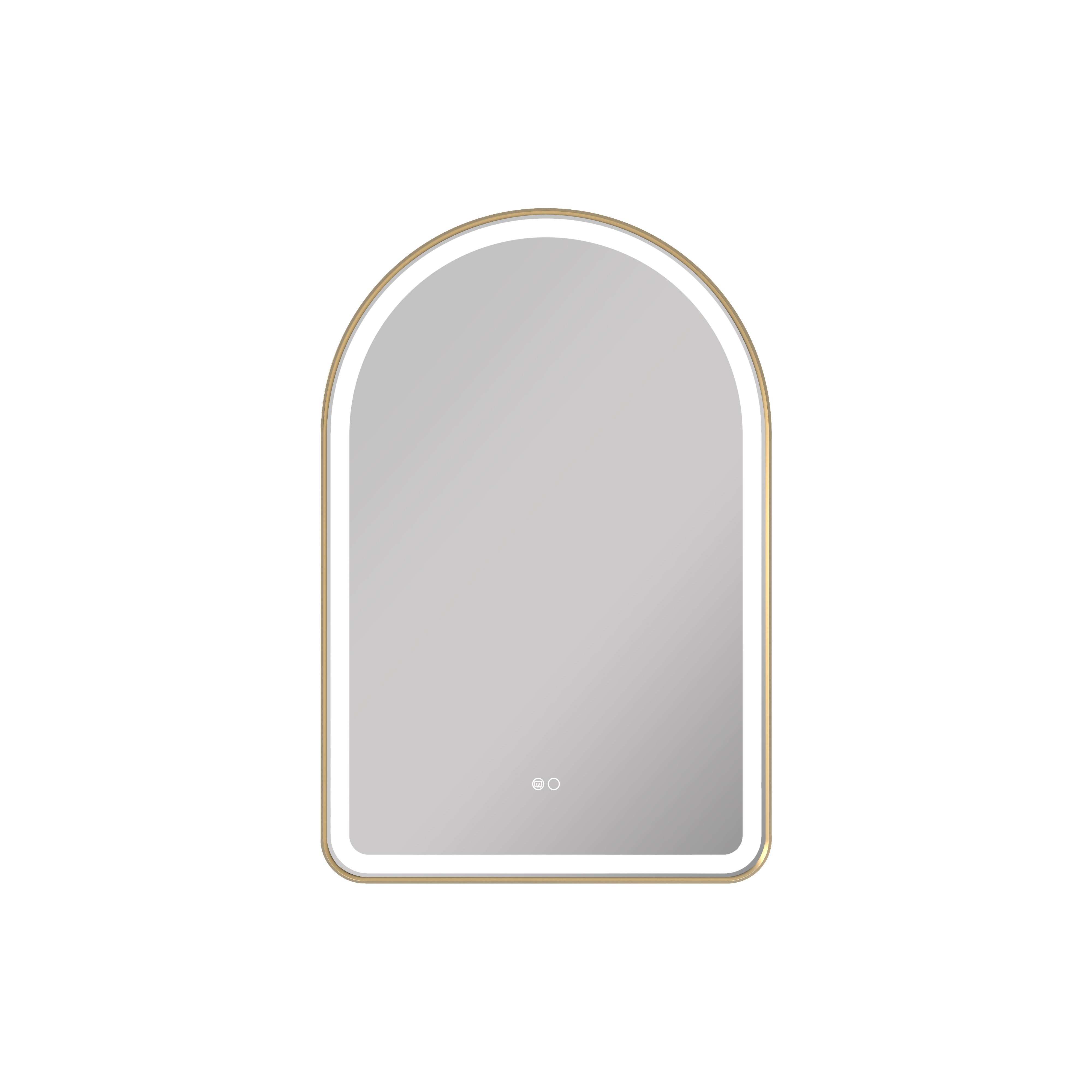
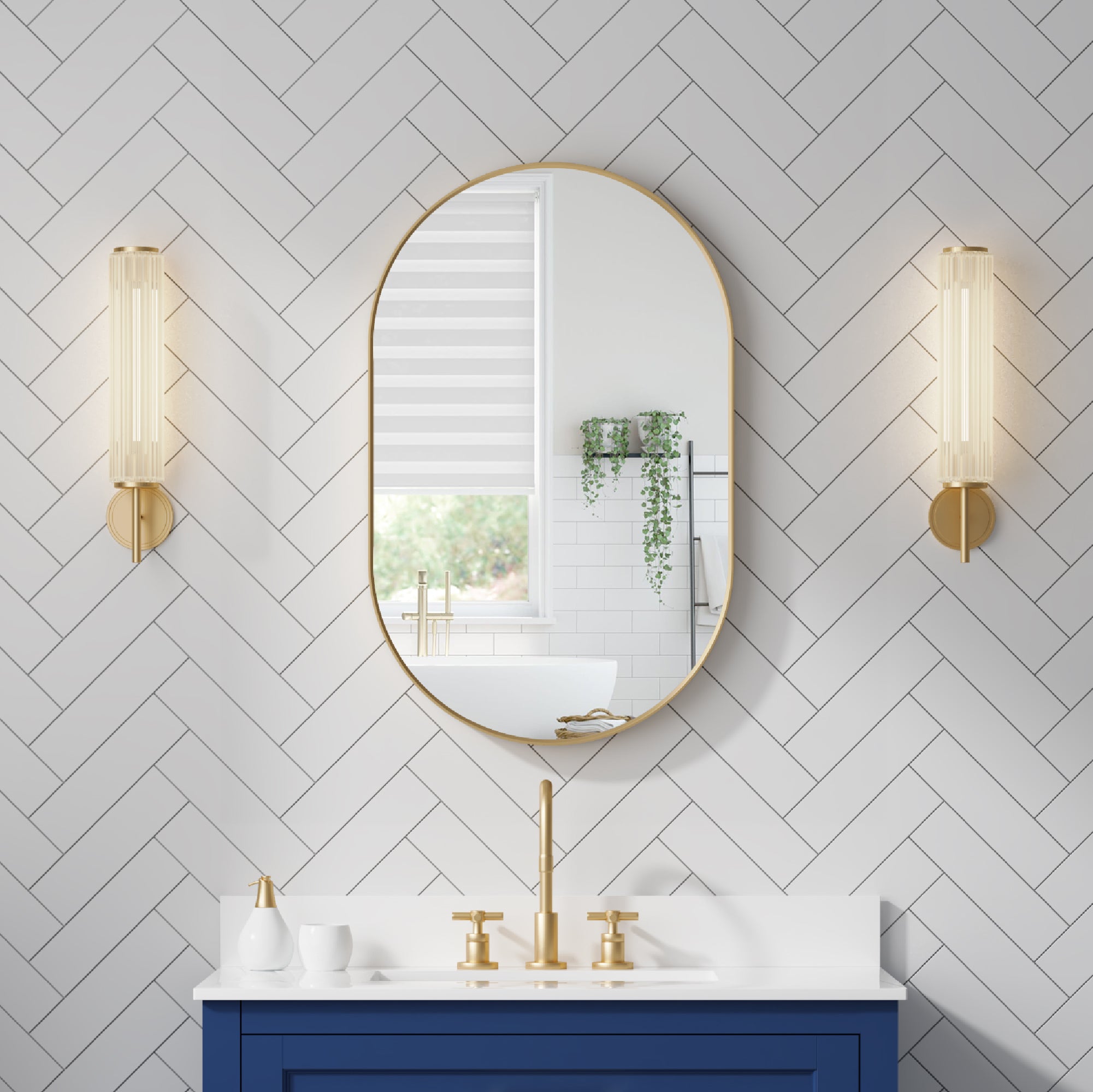
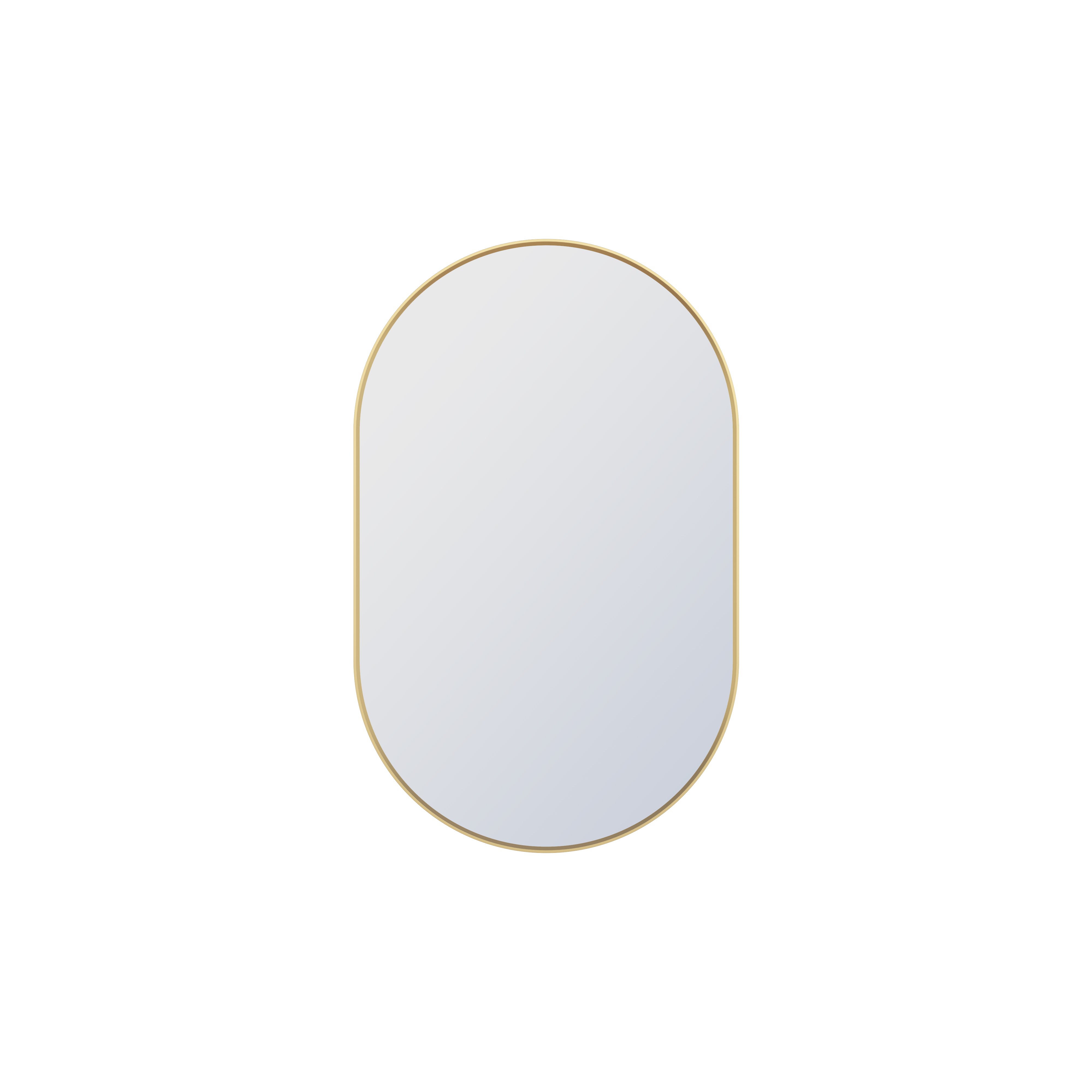


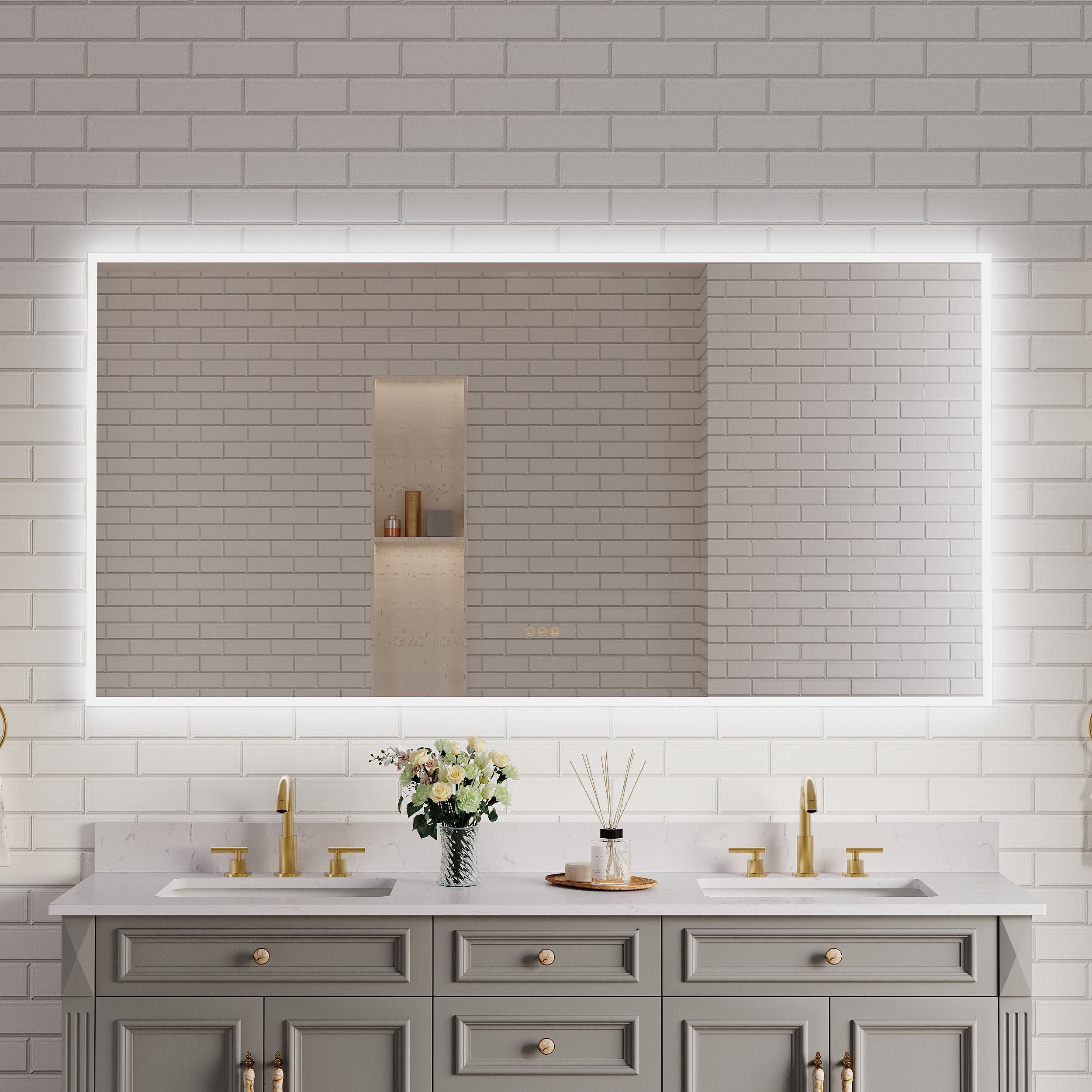





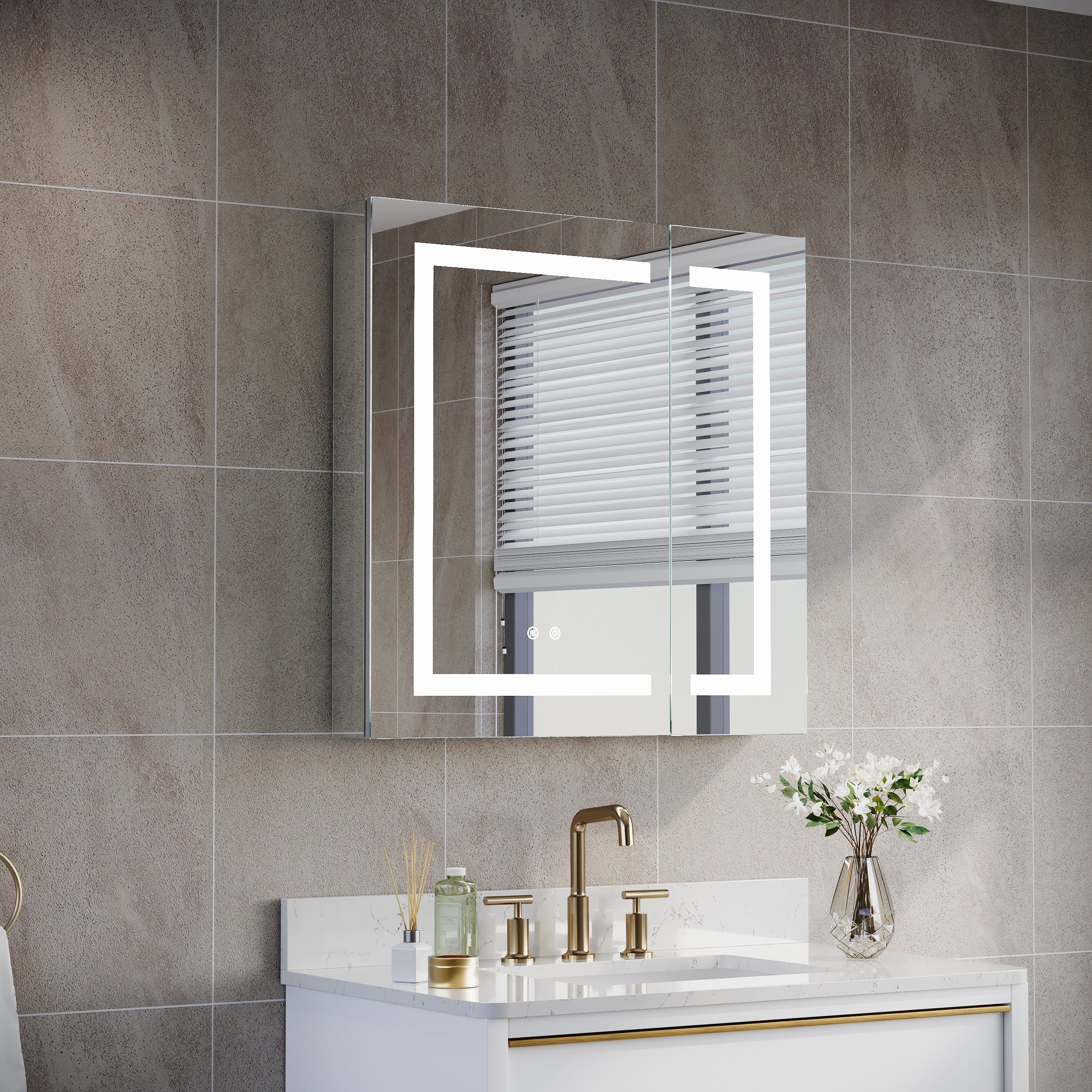
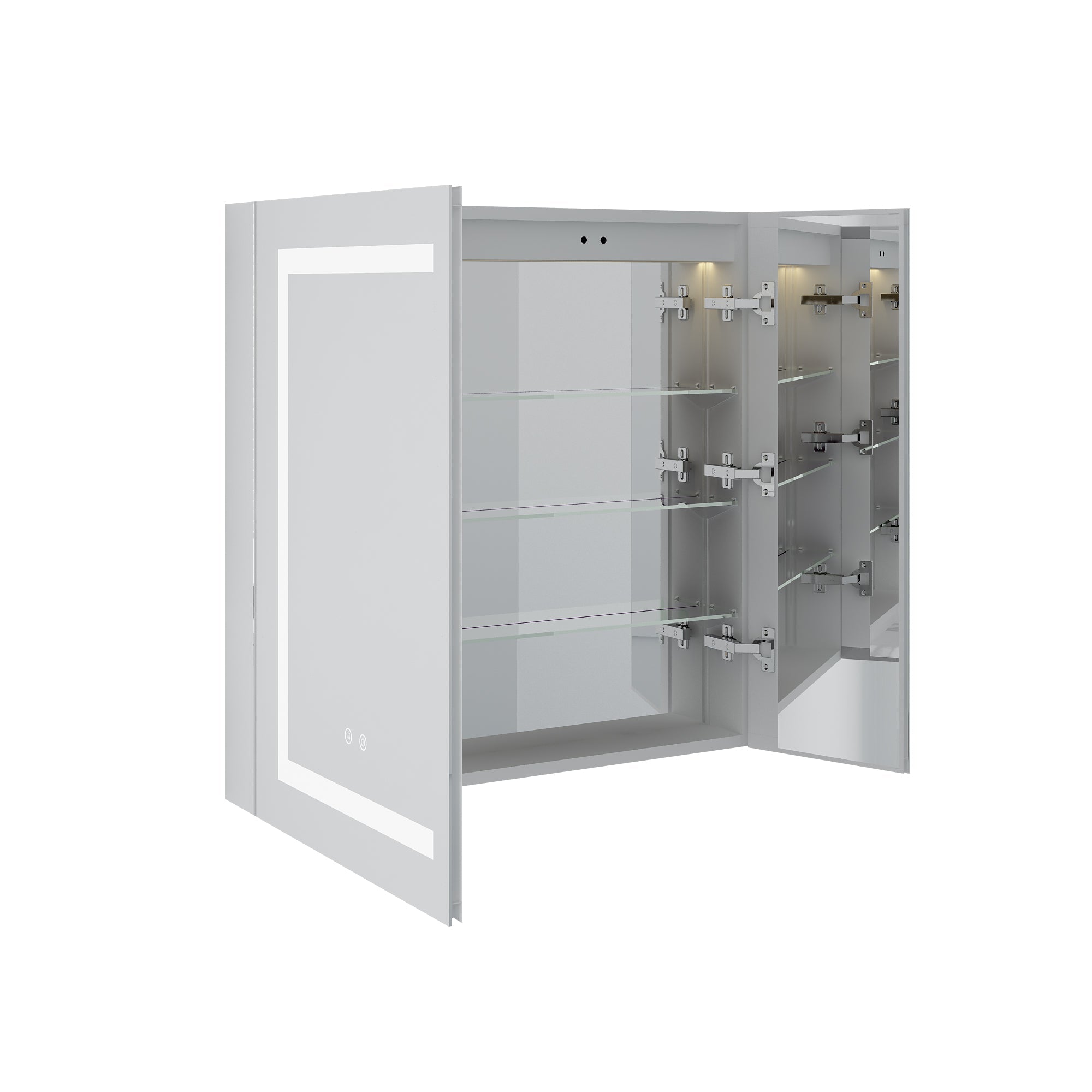




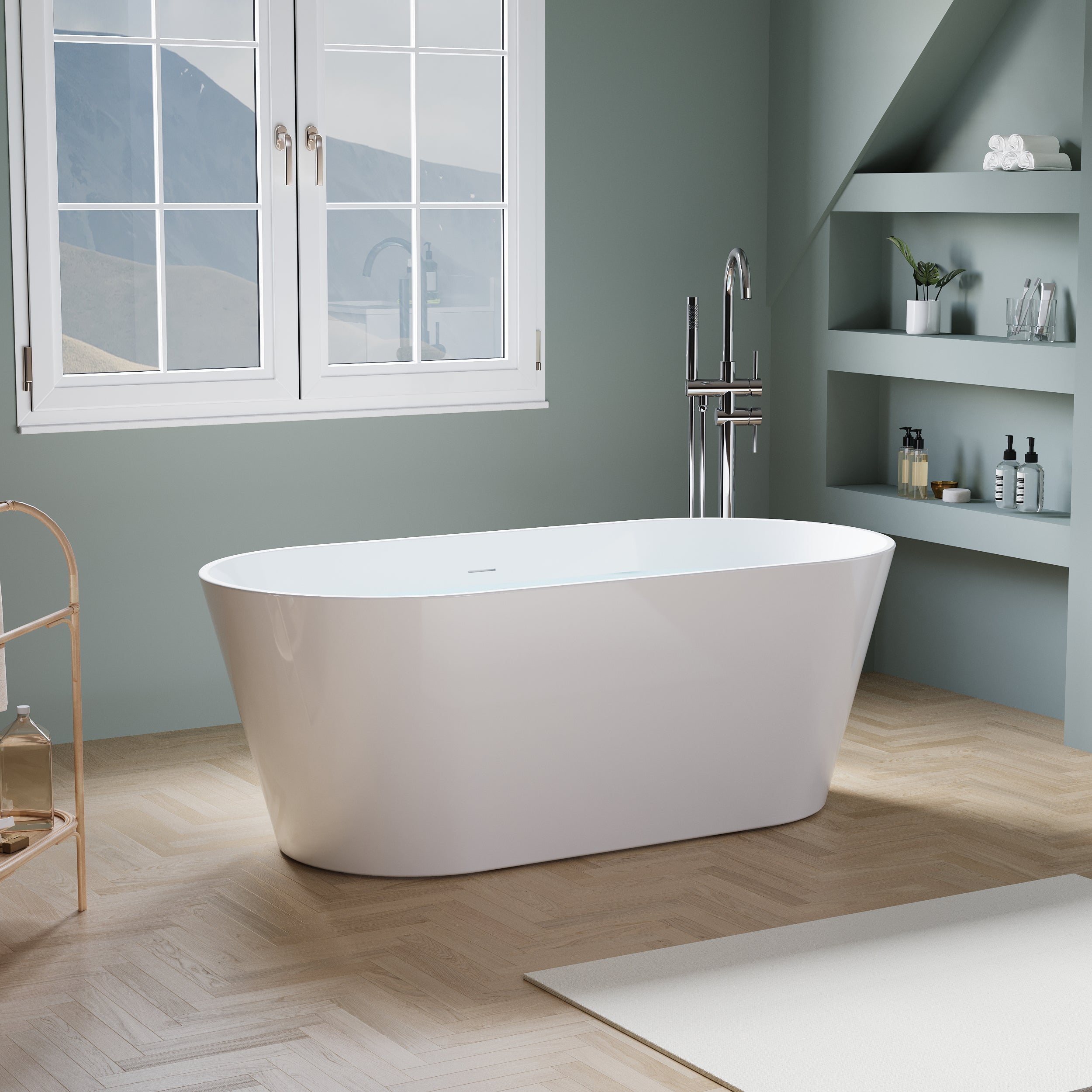
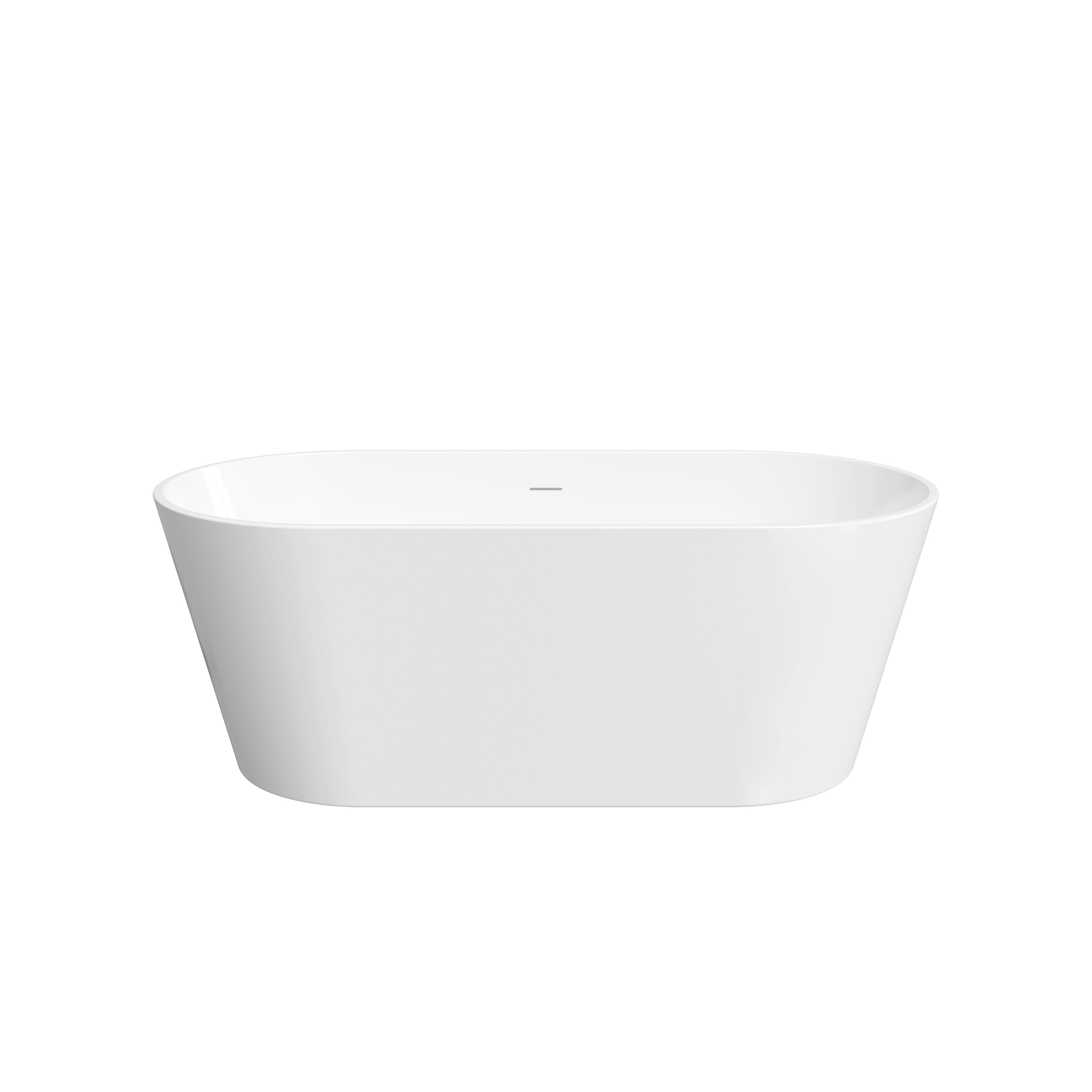


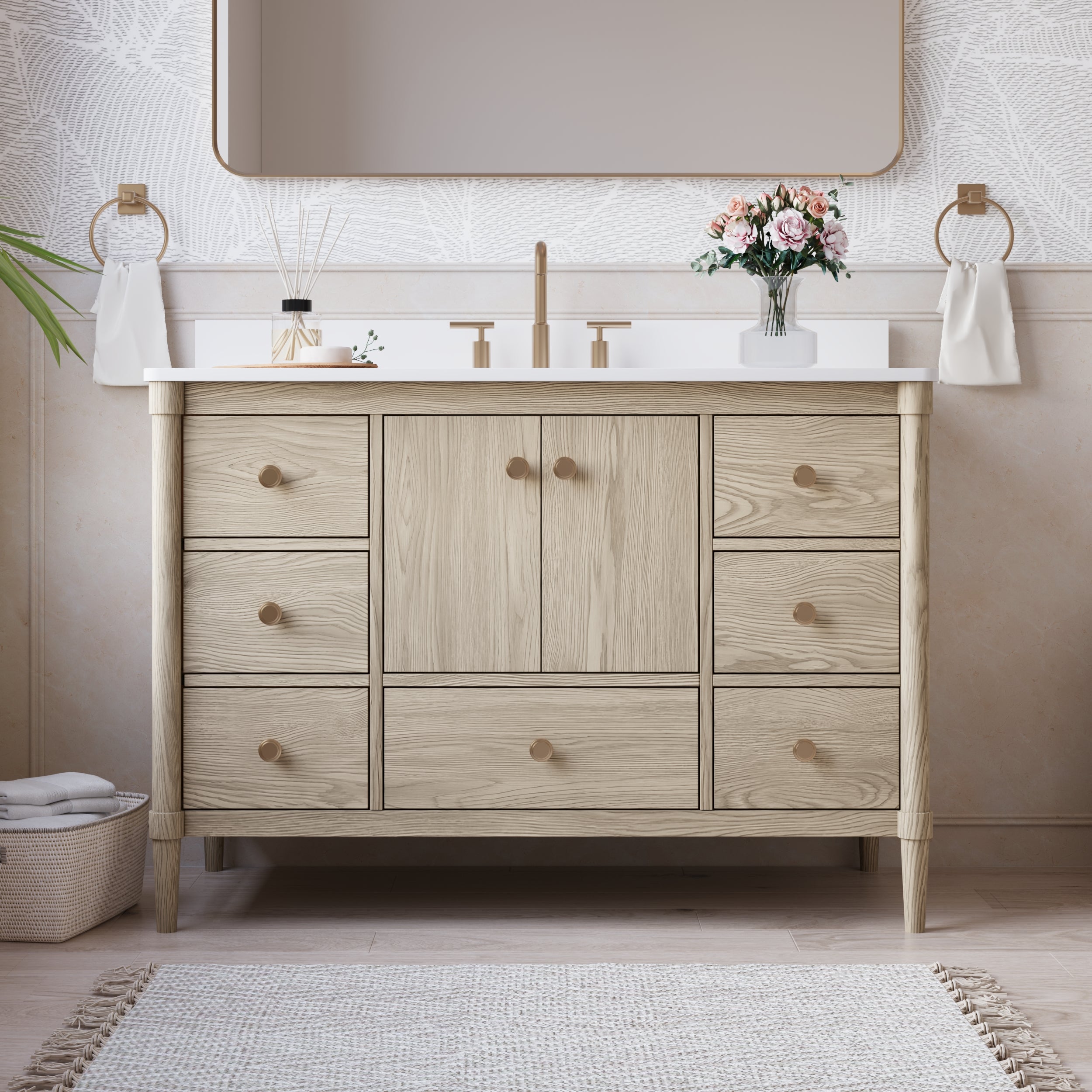
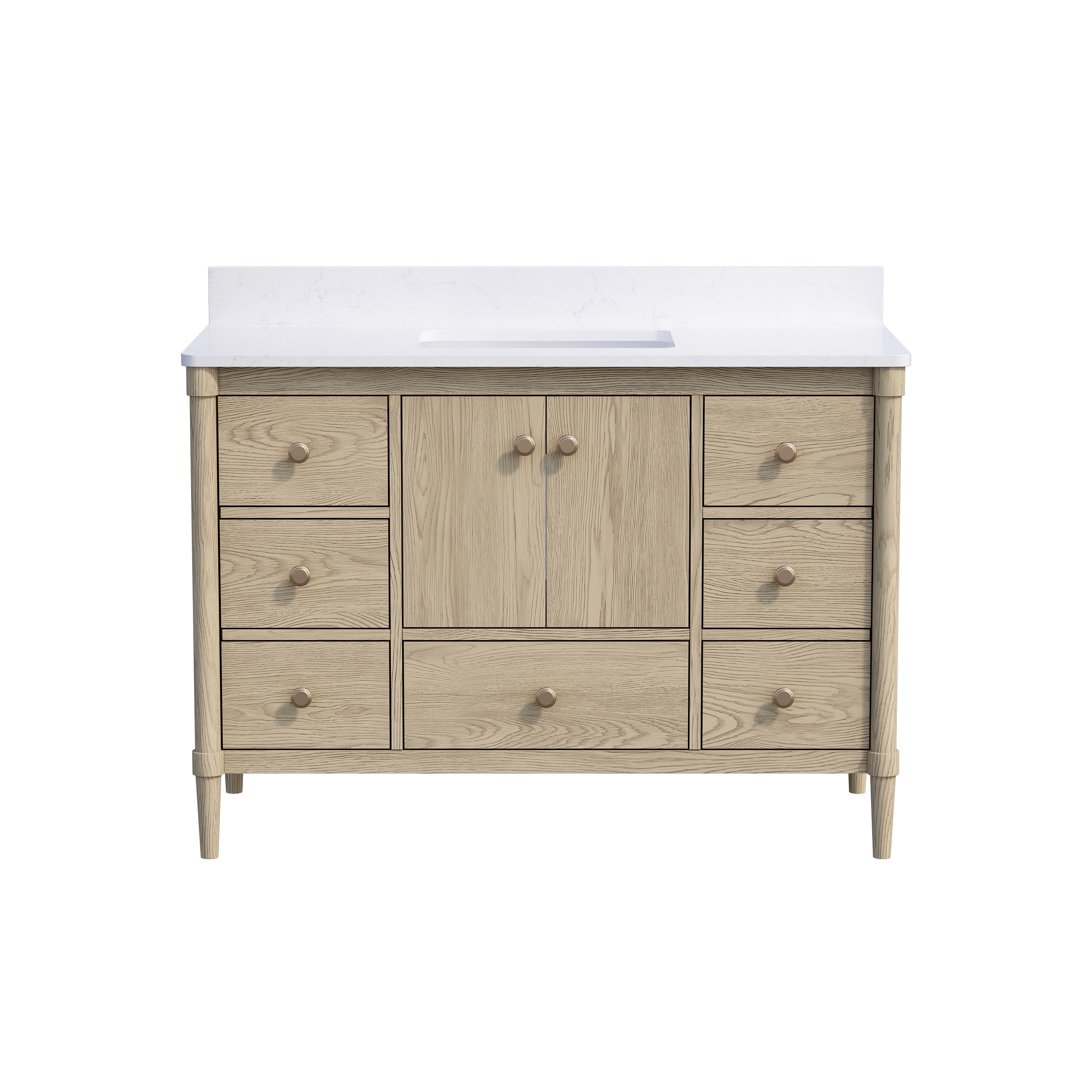
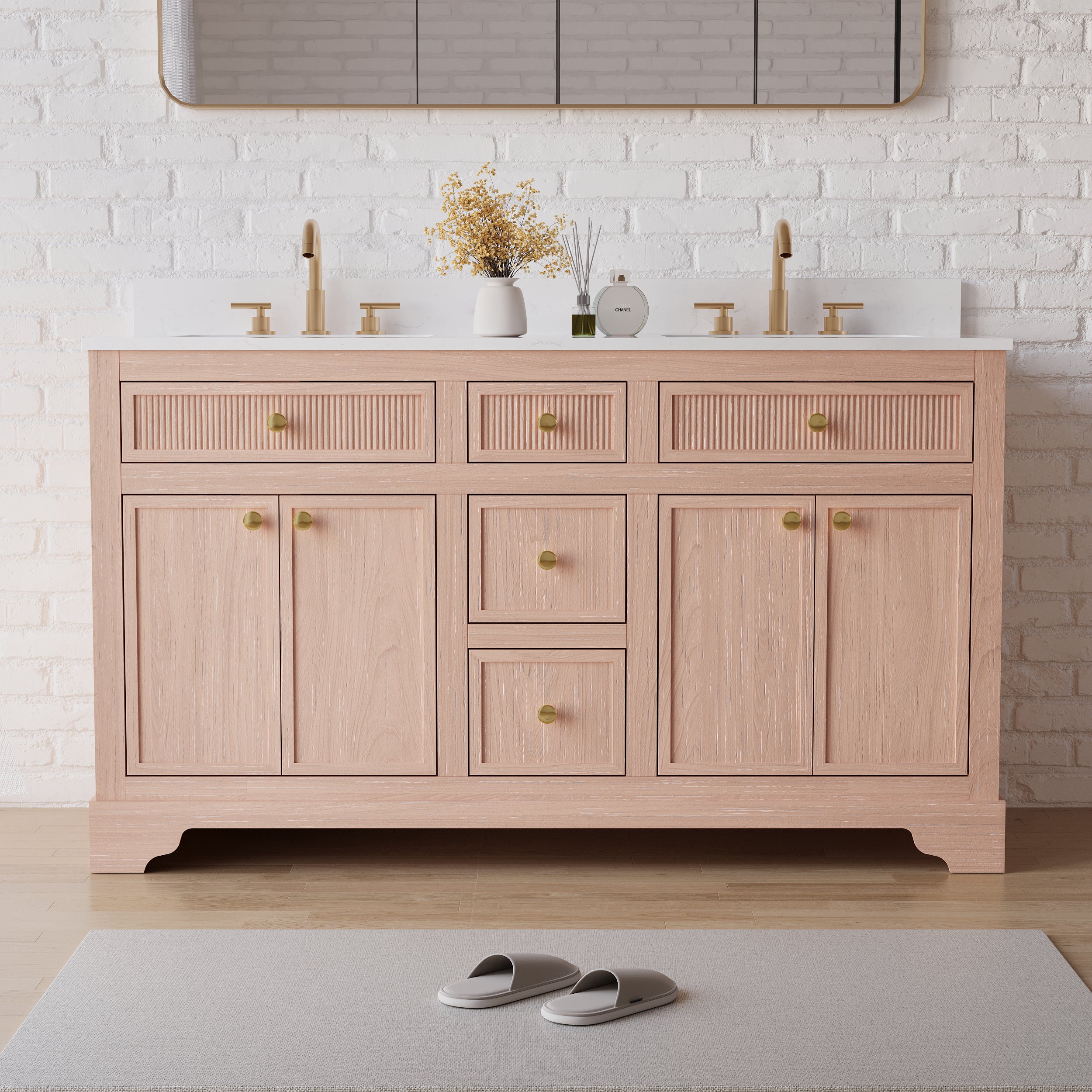
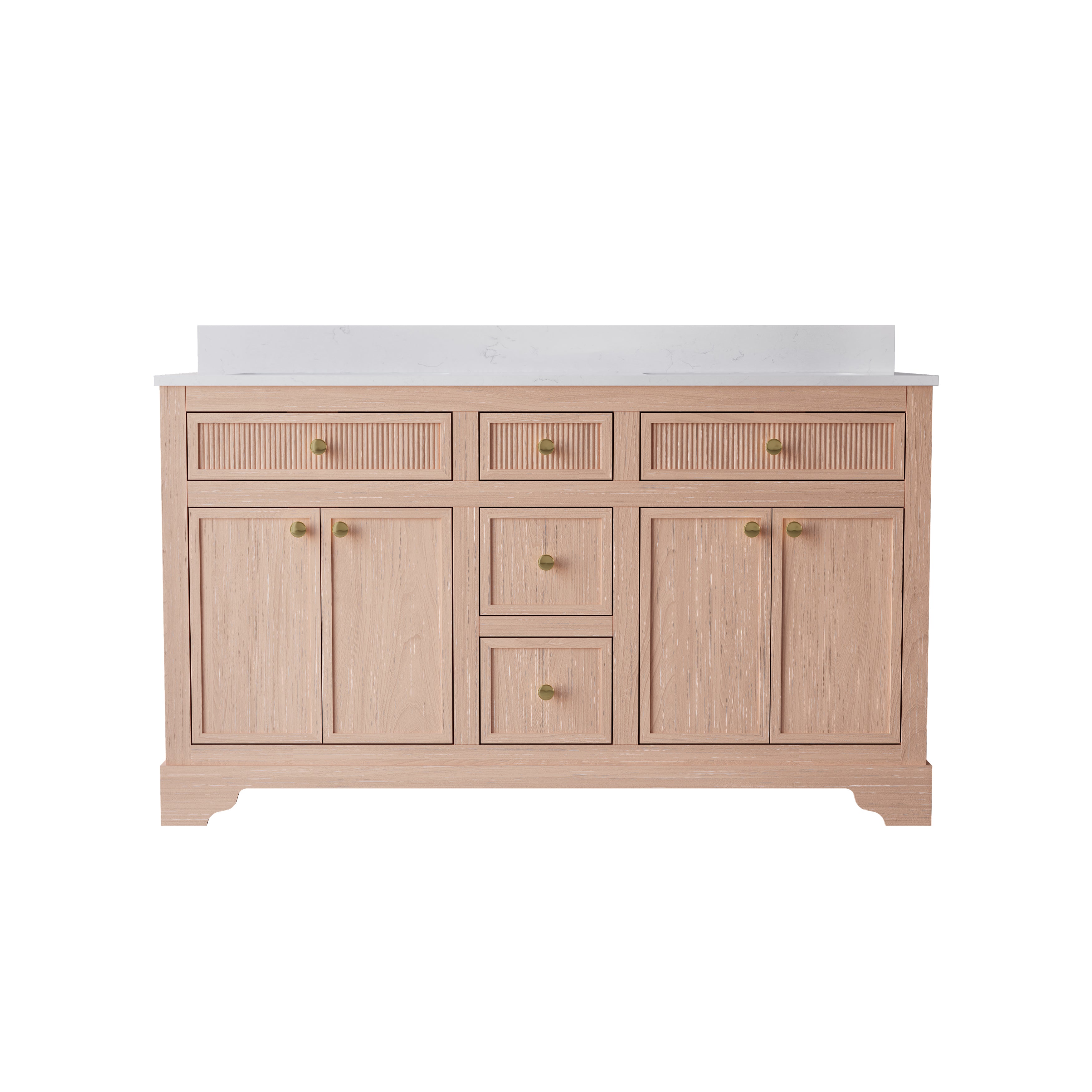
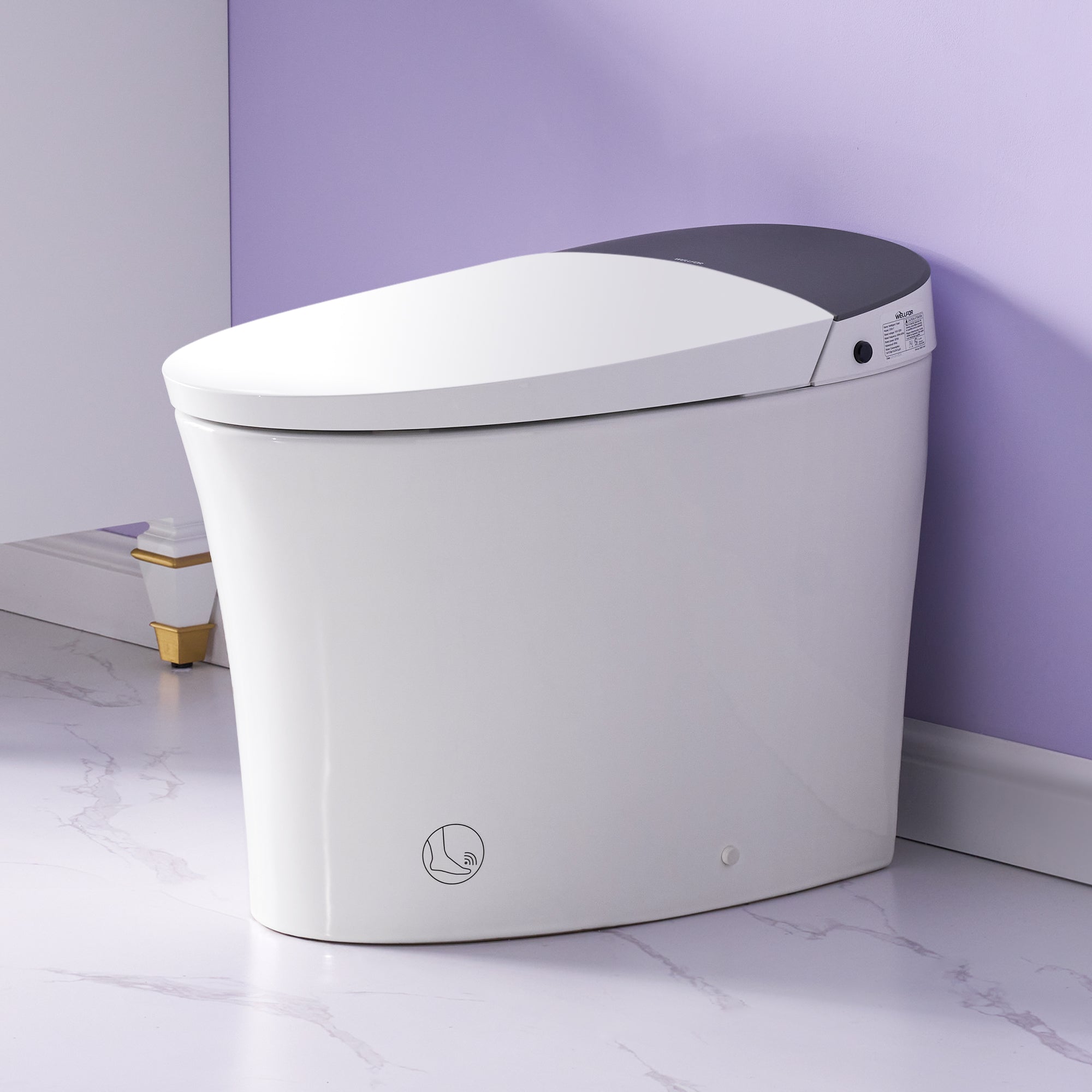
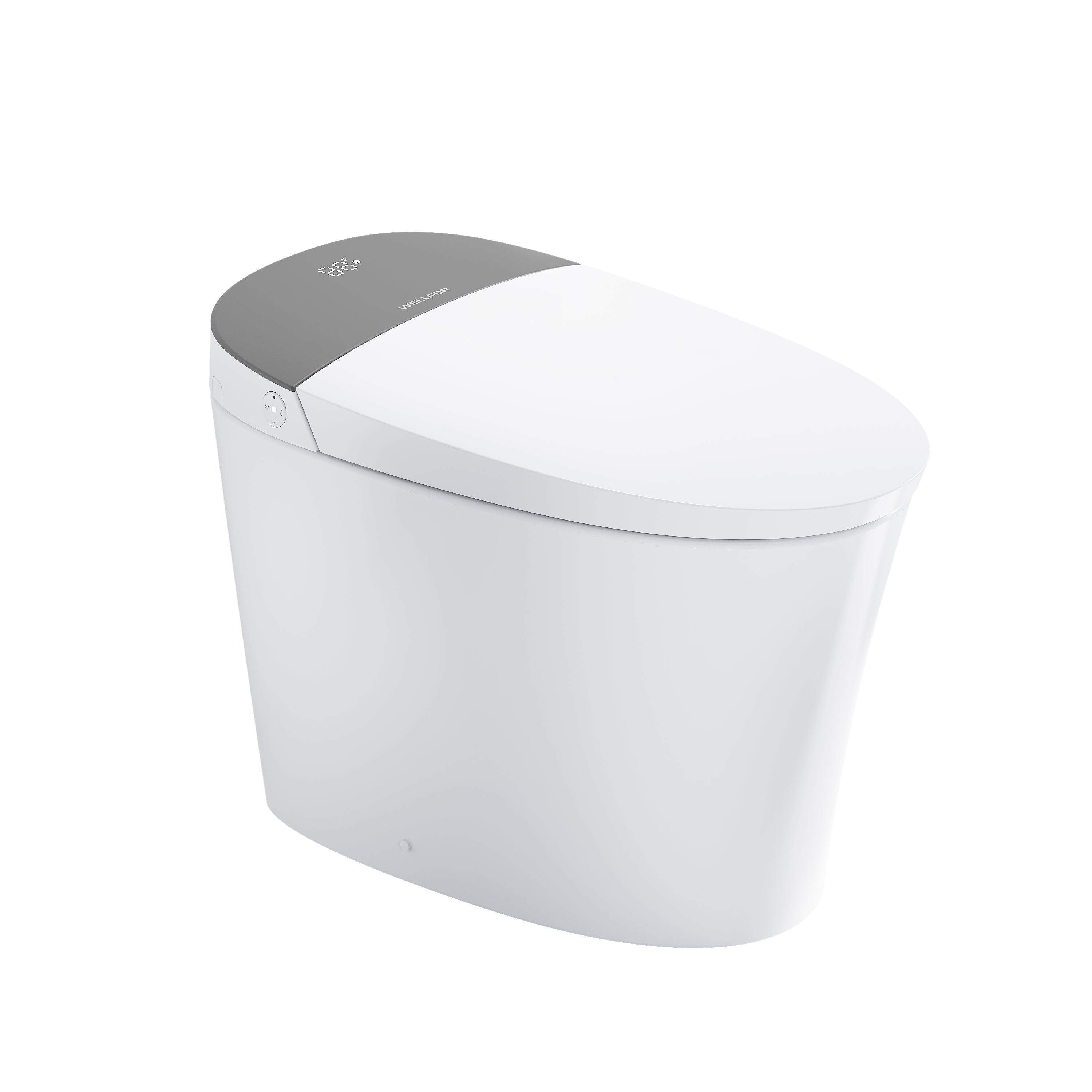
Leave a comment
This site is protected by hCaptcha and the hCaptcha Privacy Policy and Terms of Service apply.